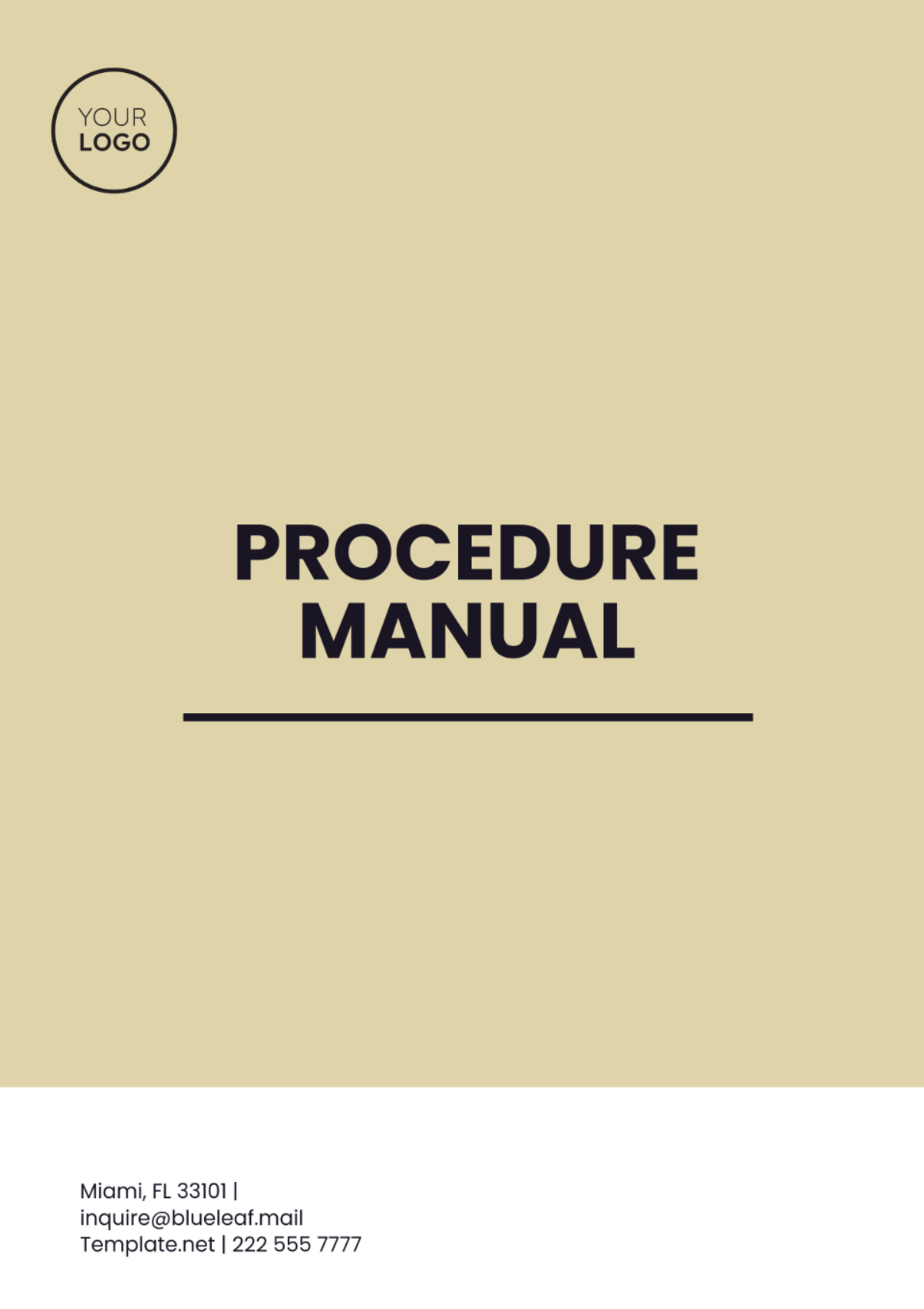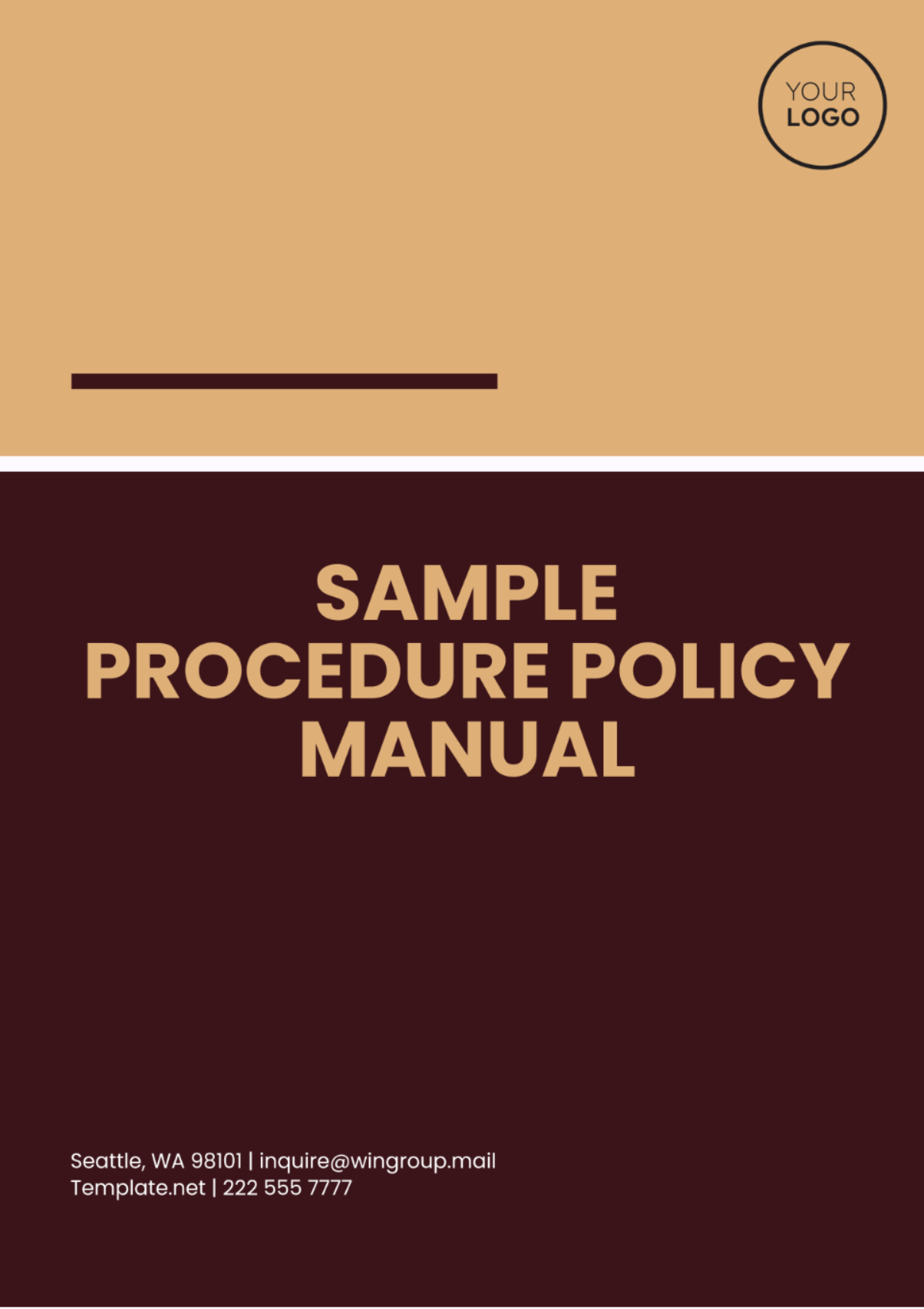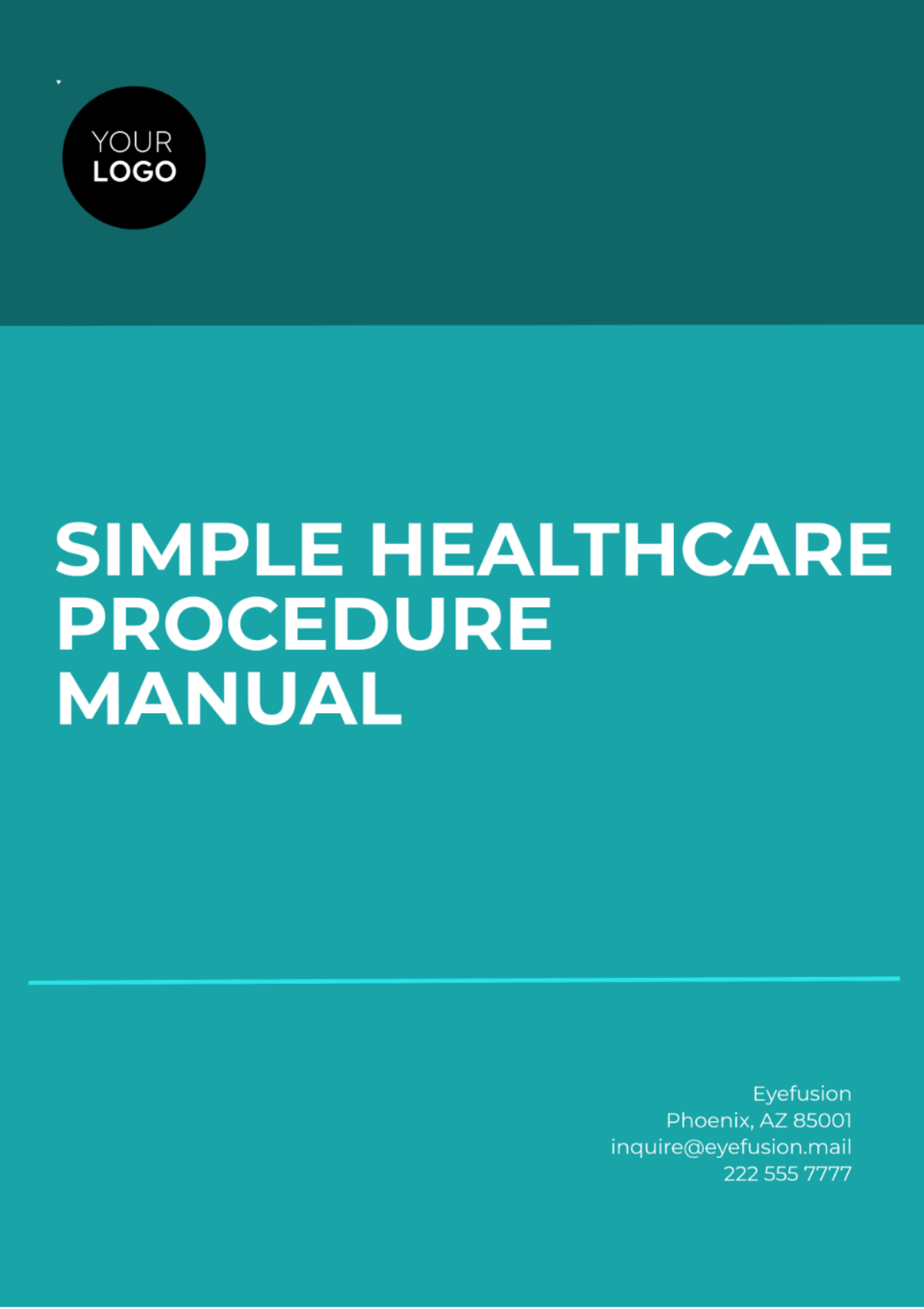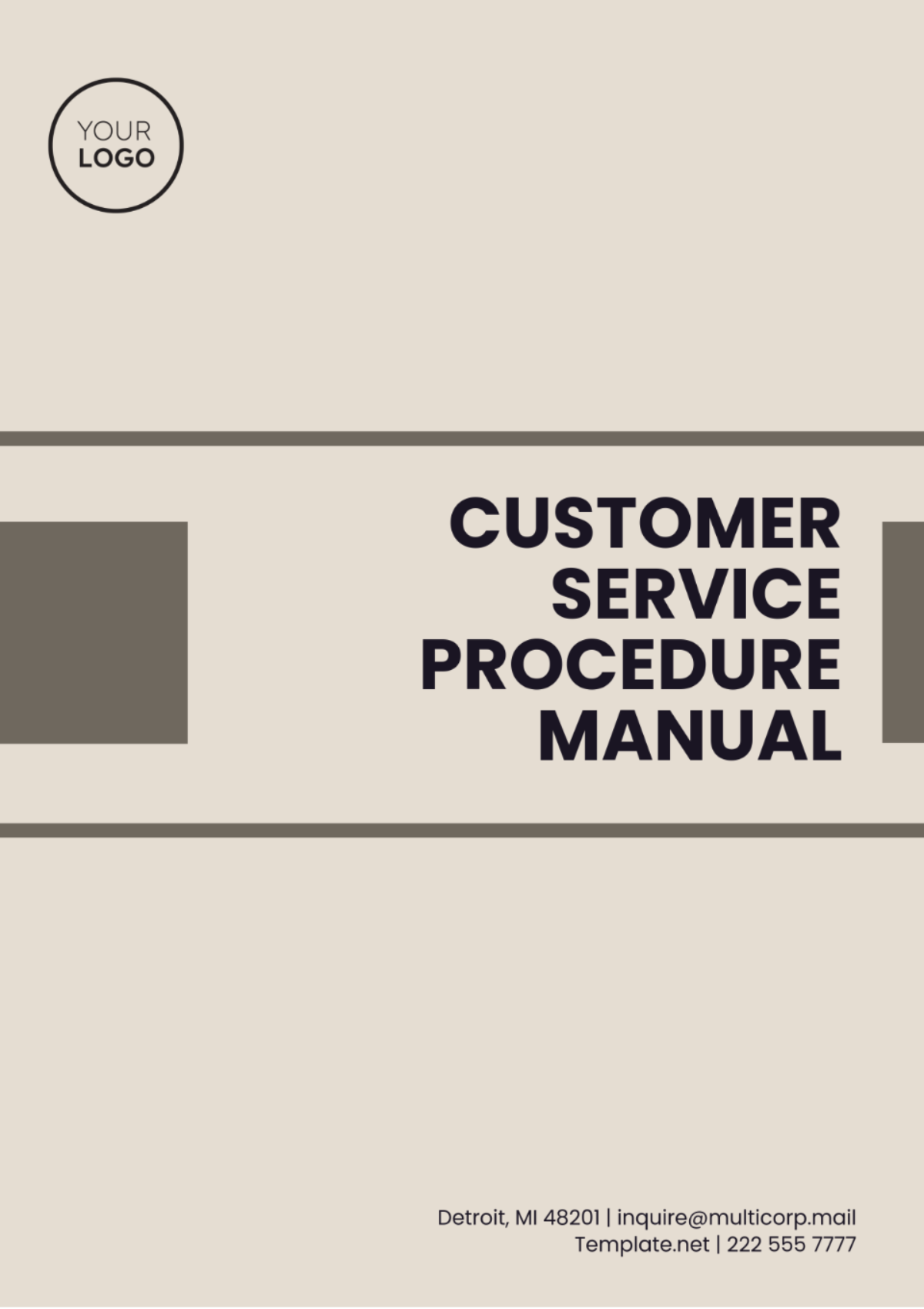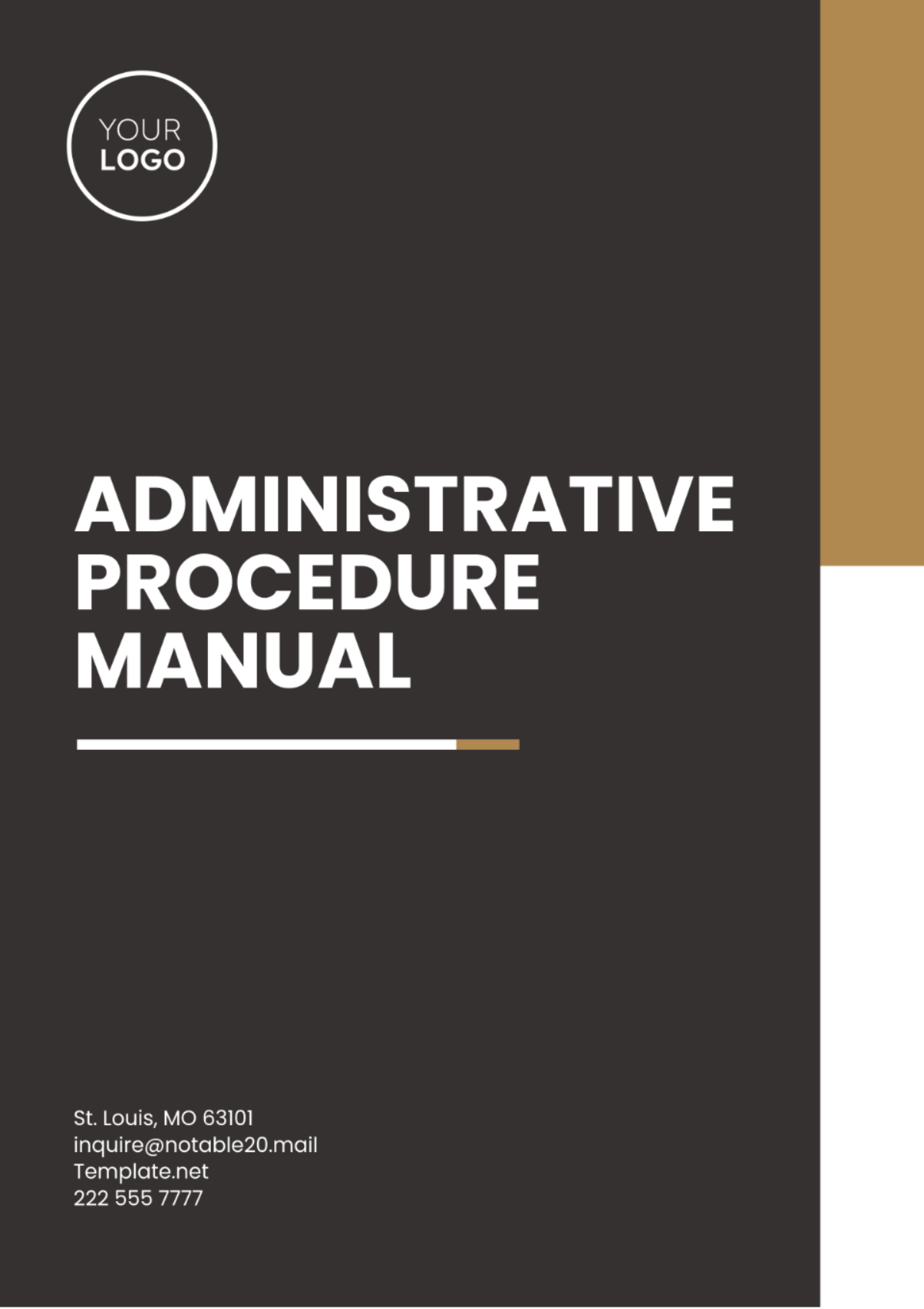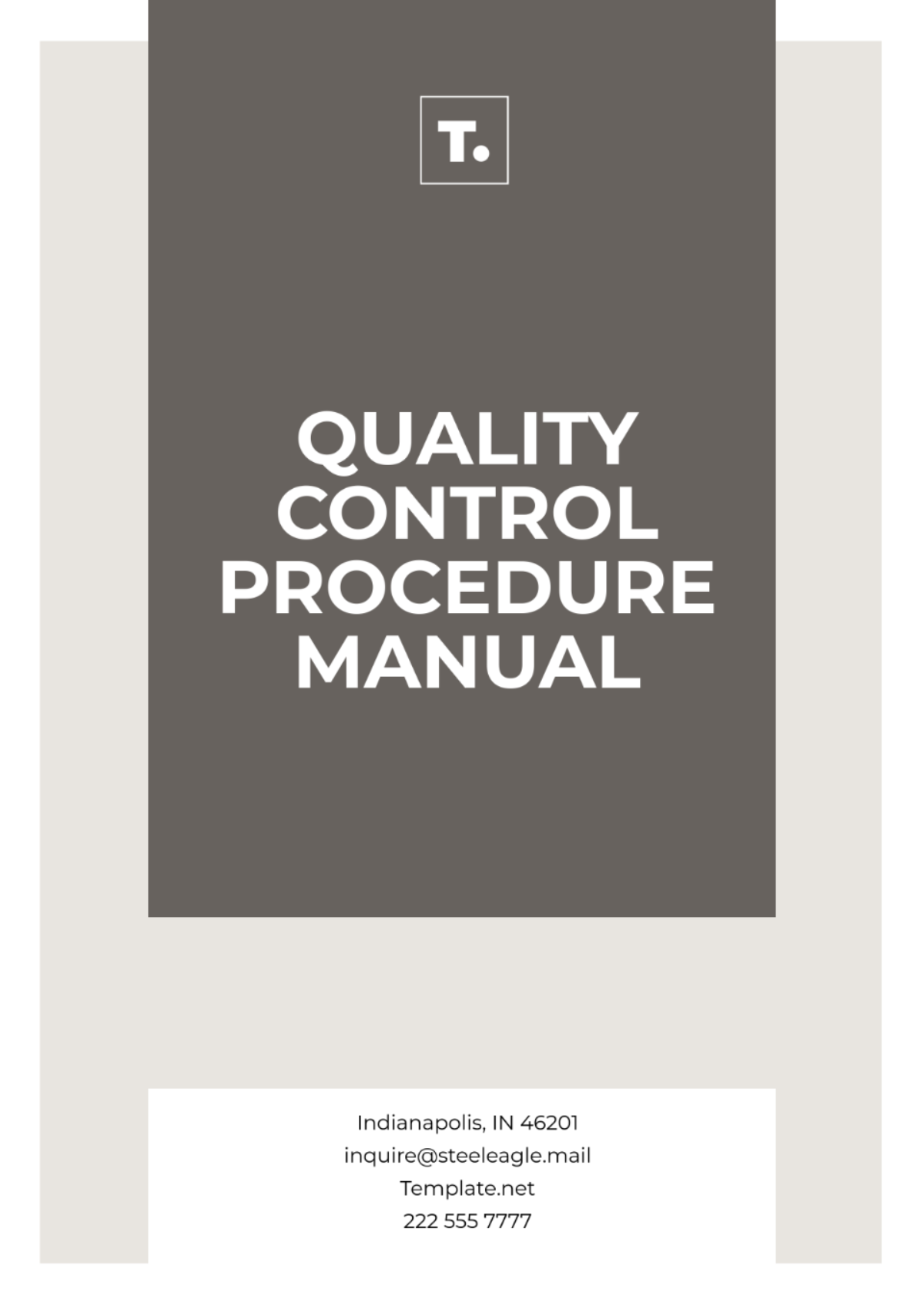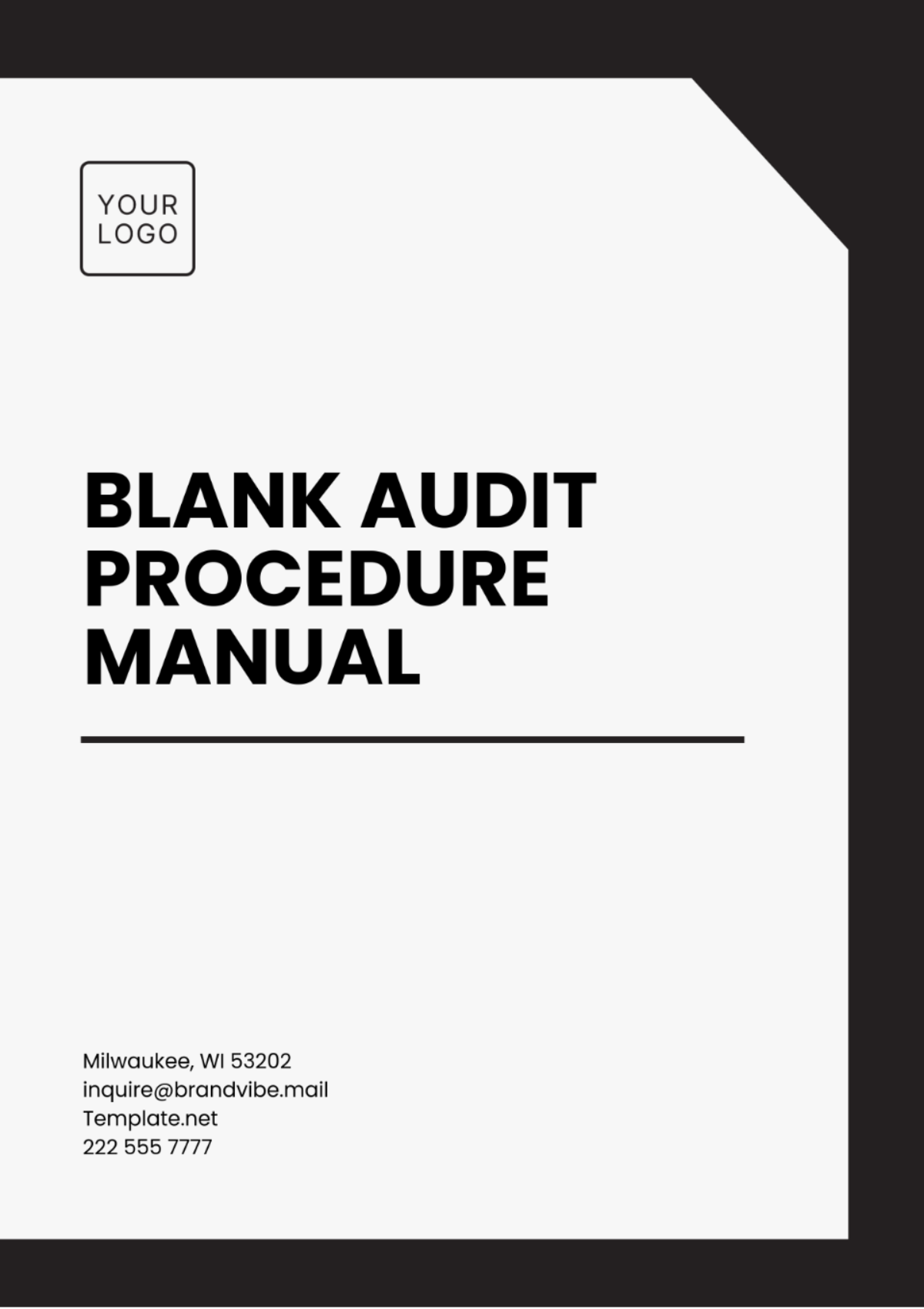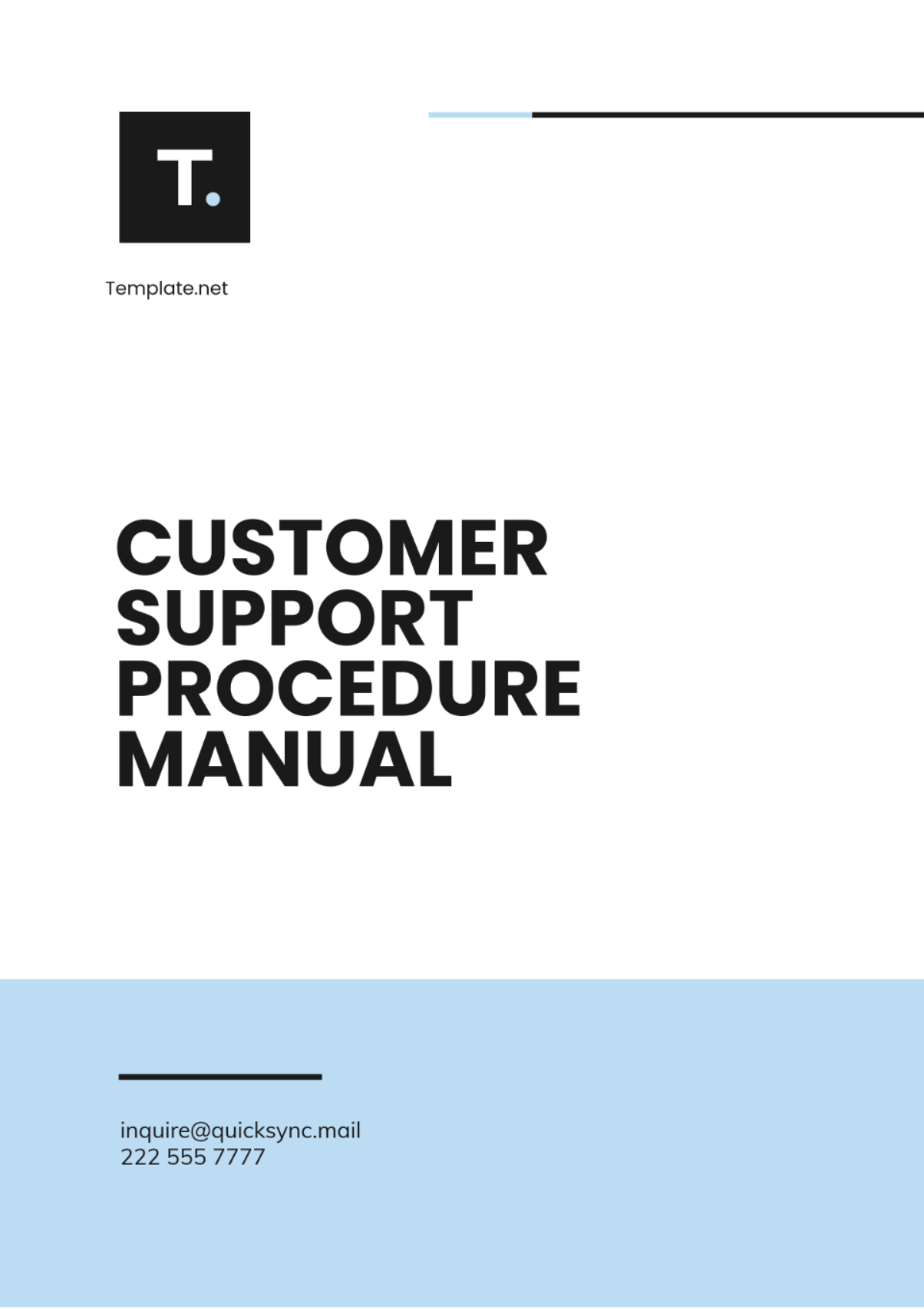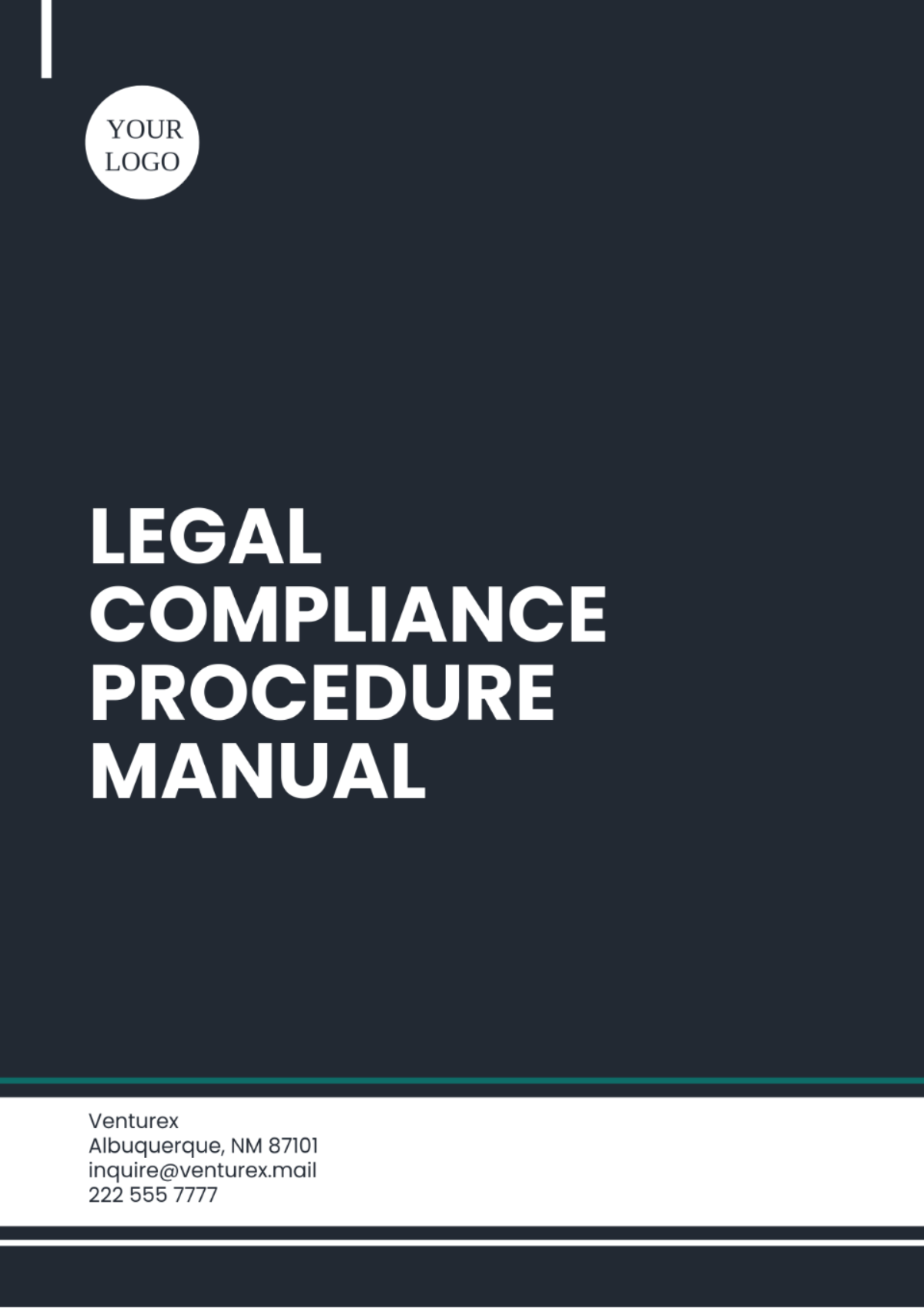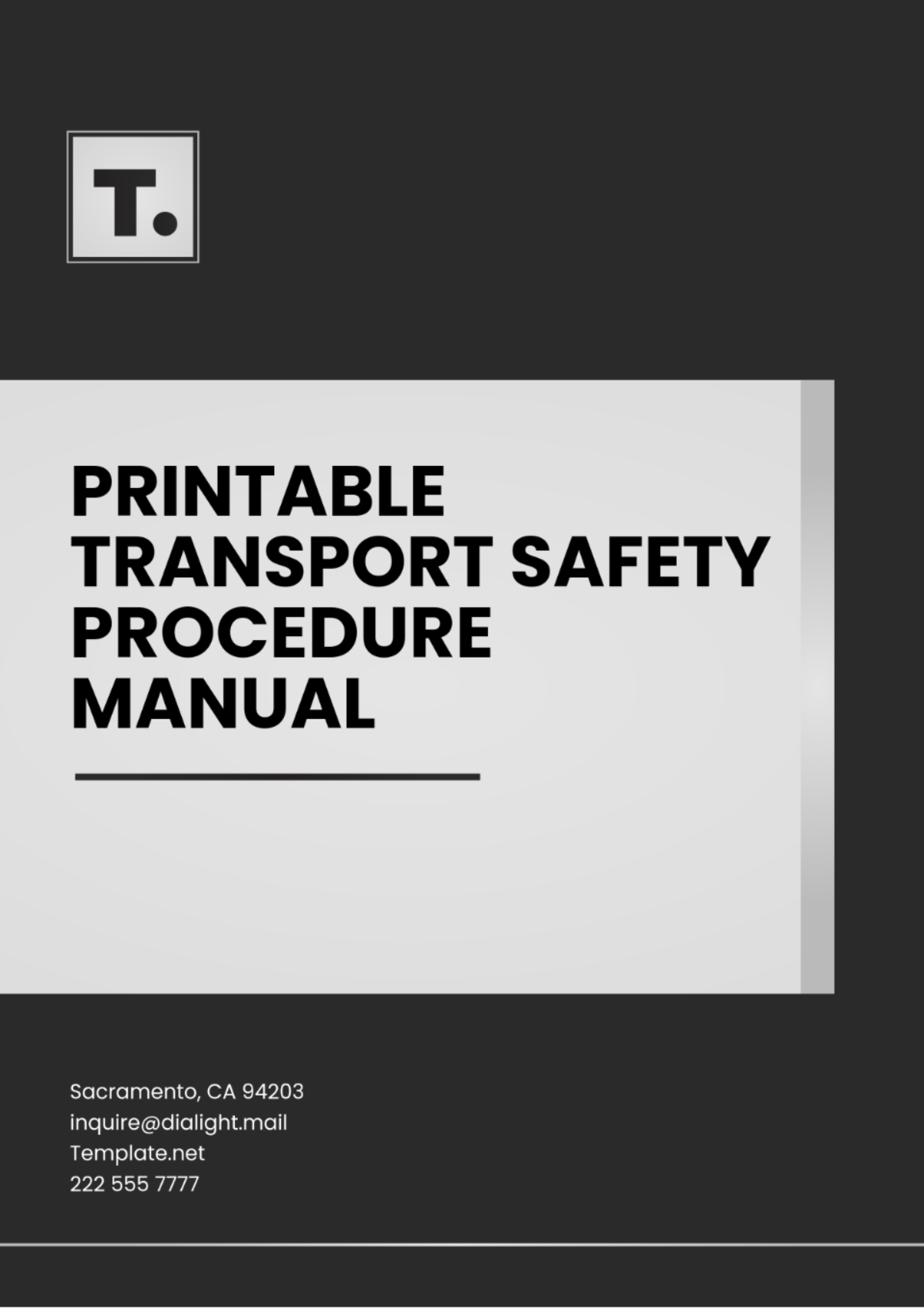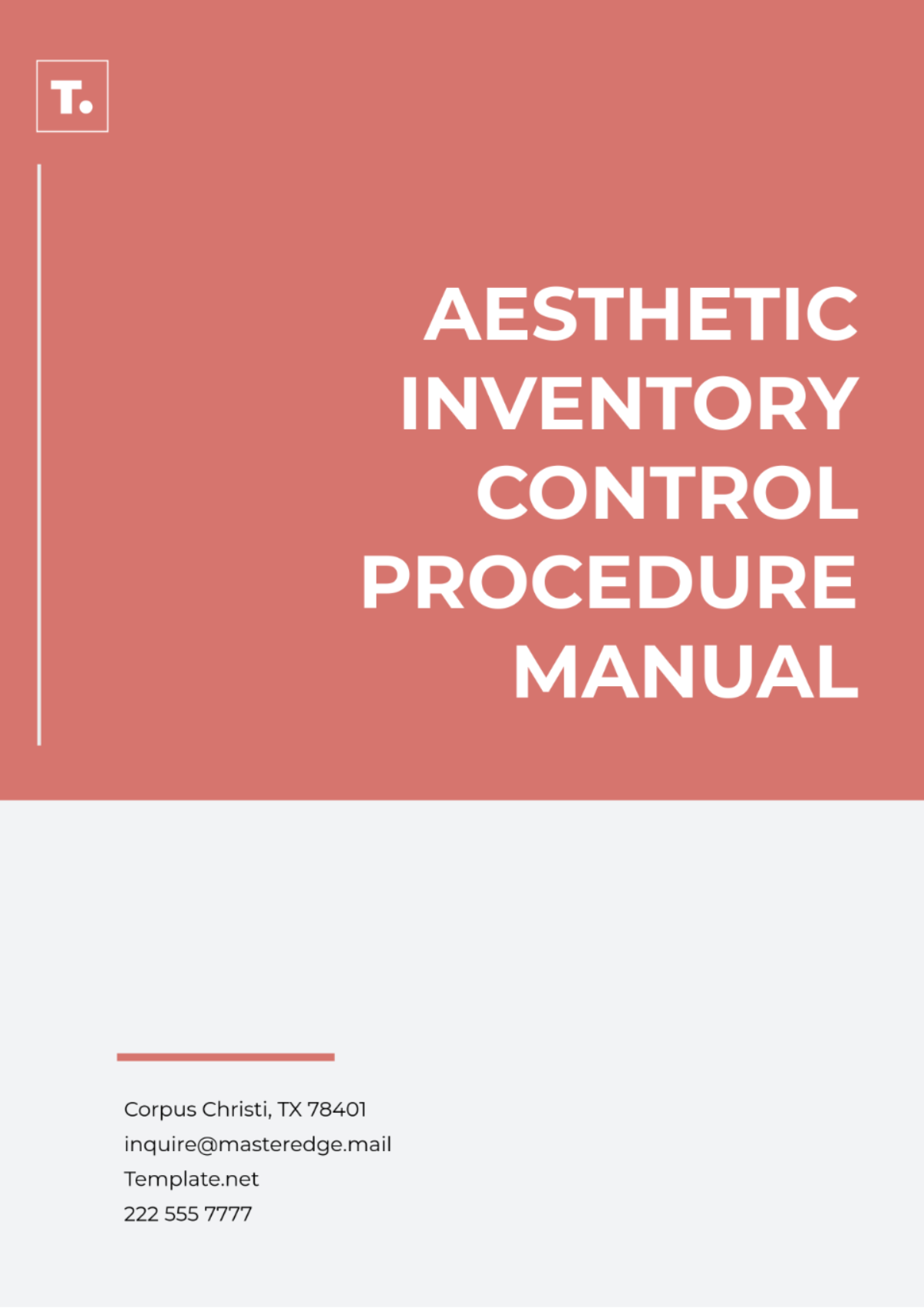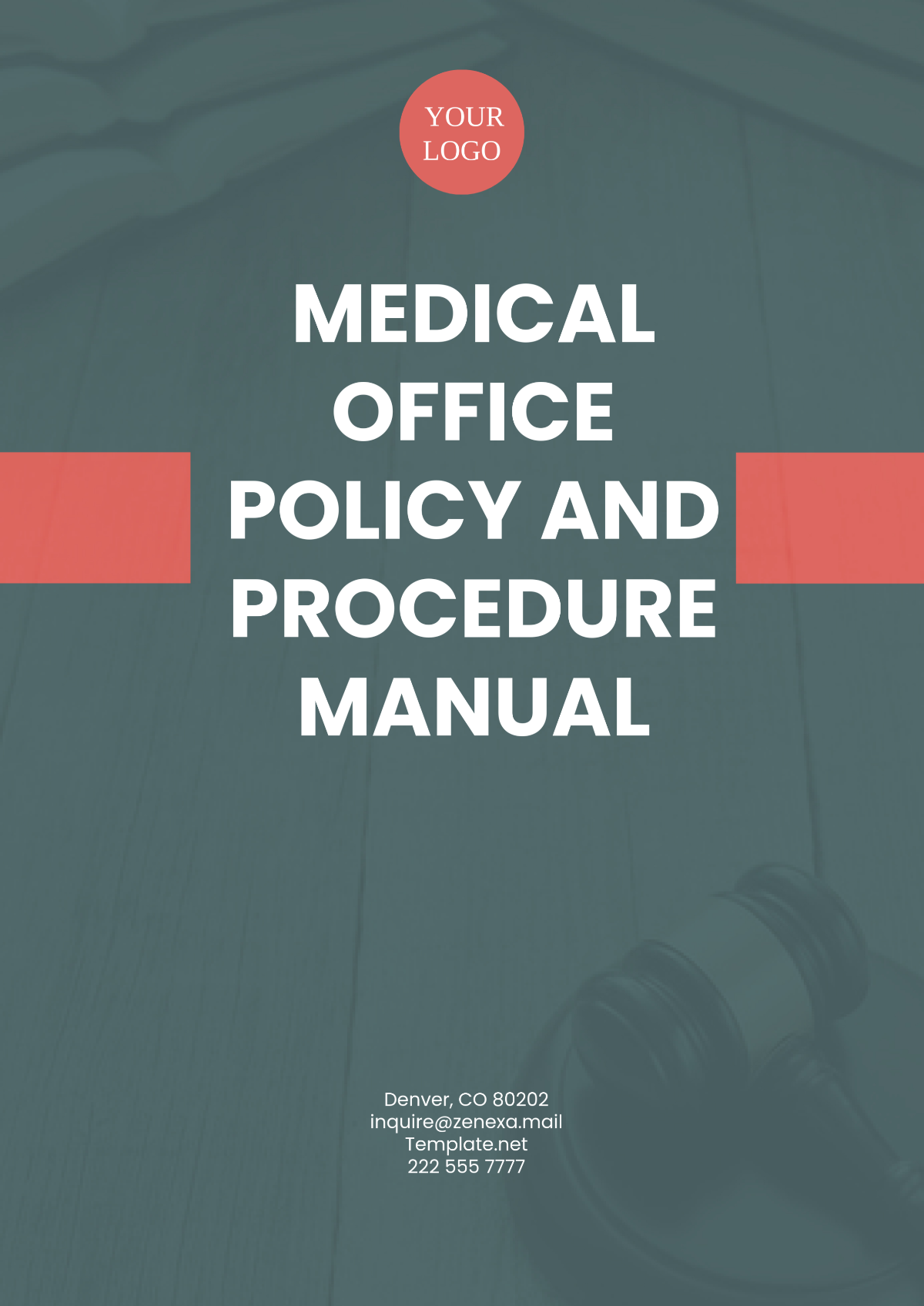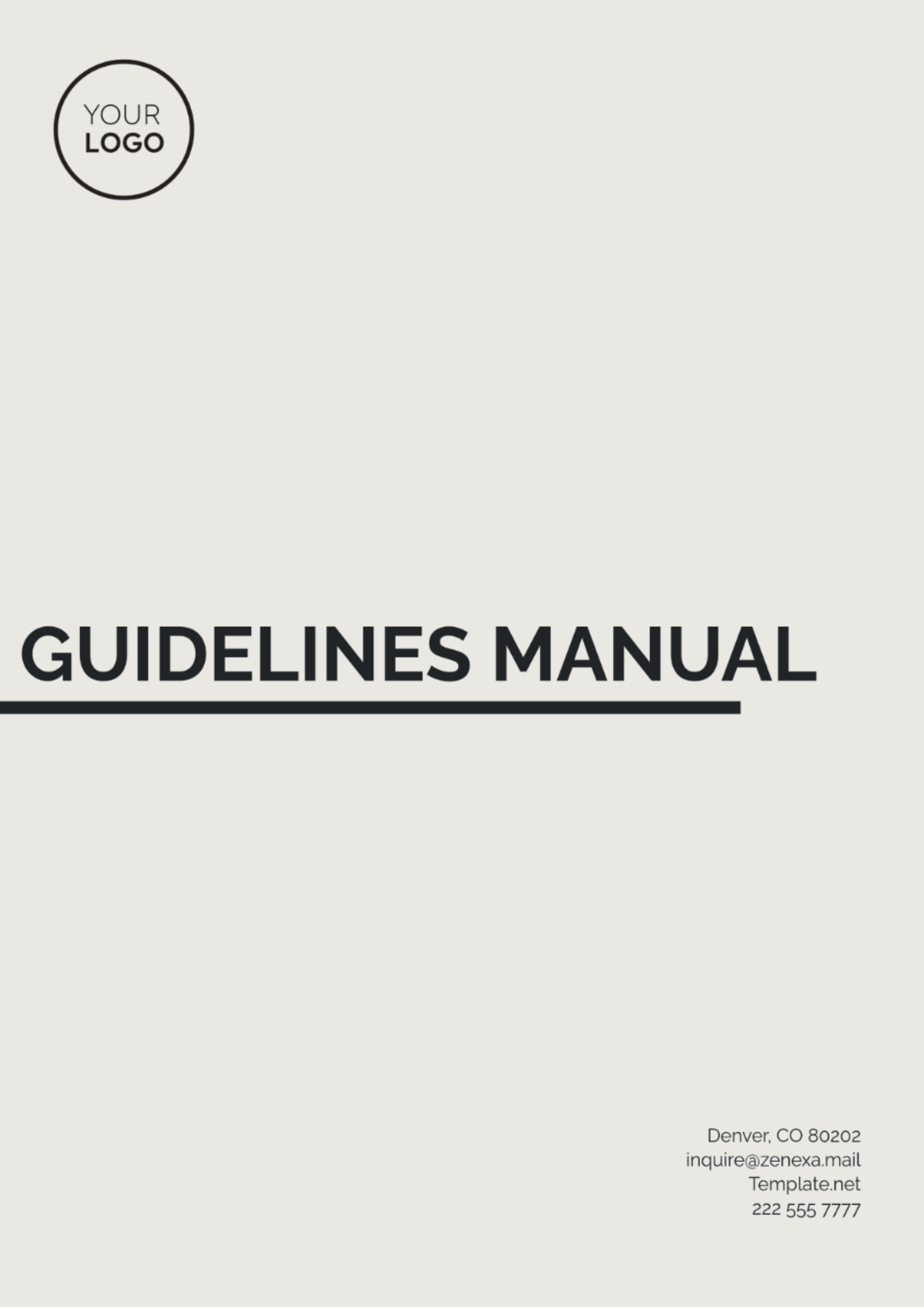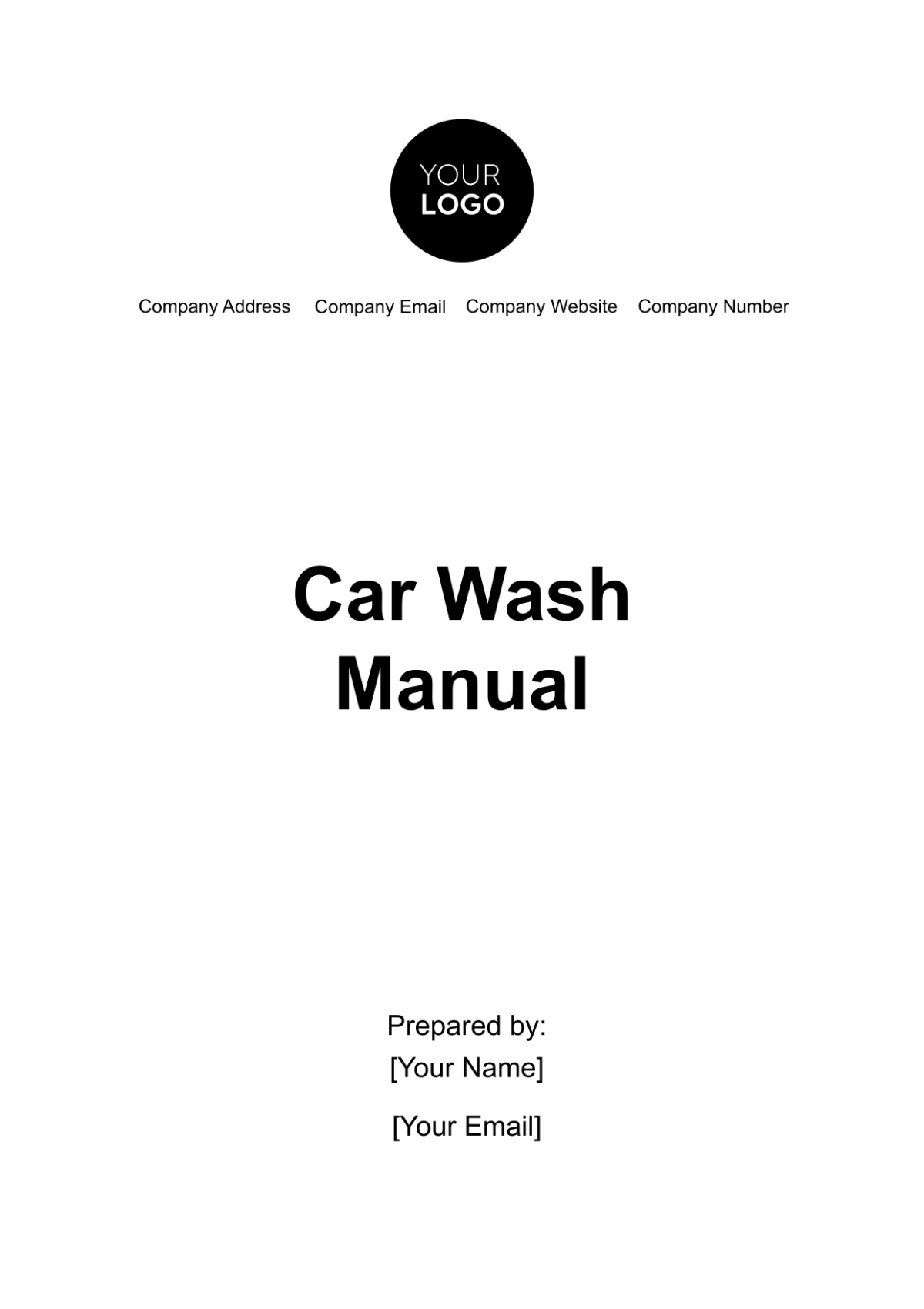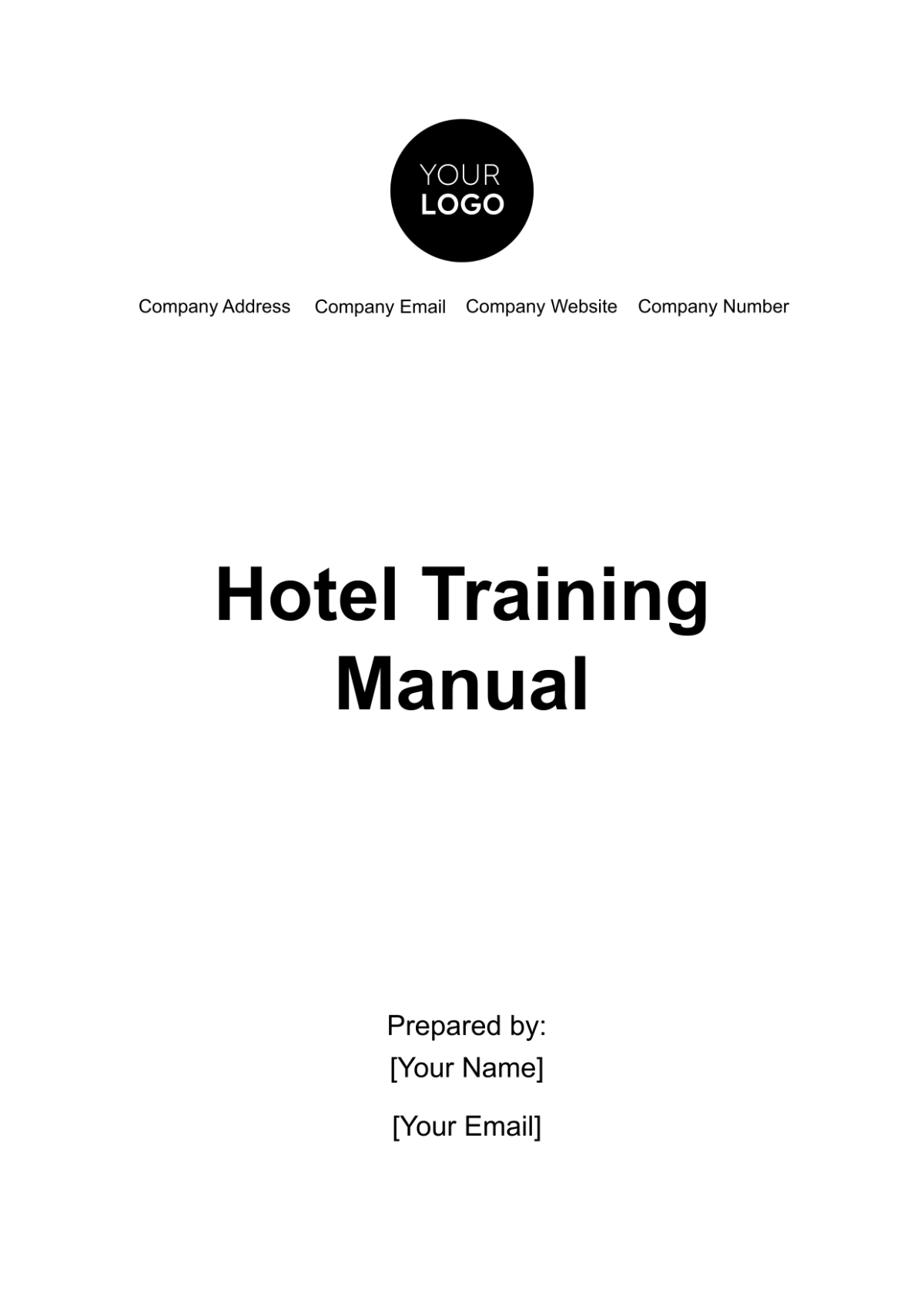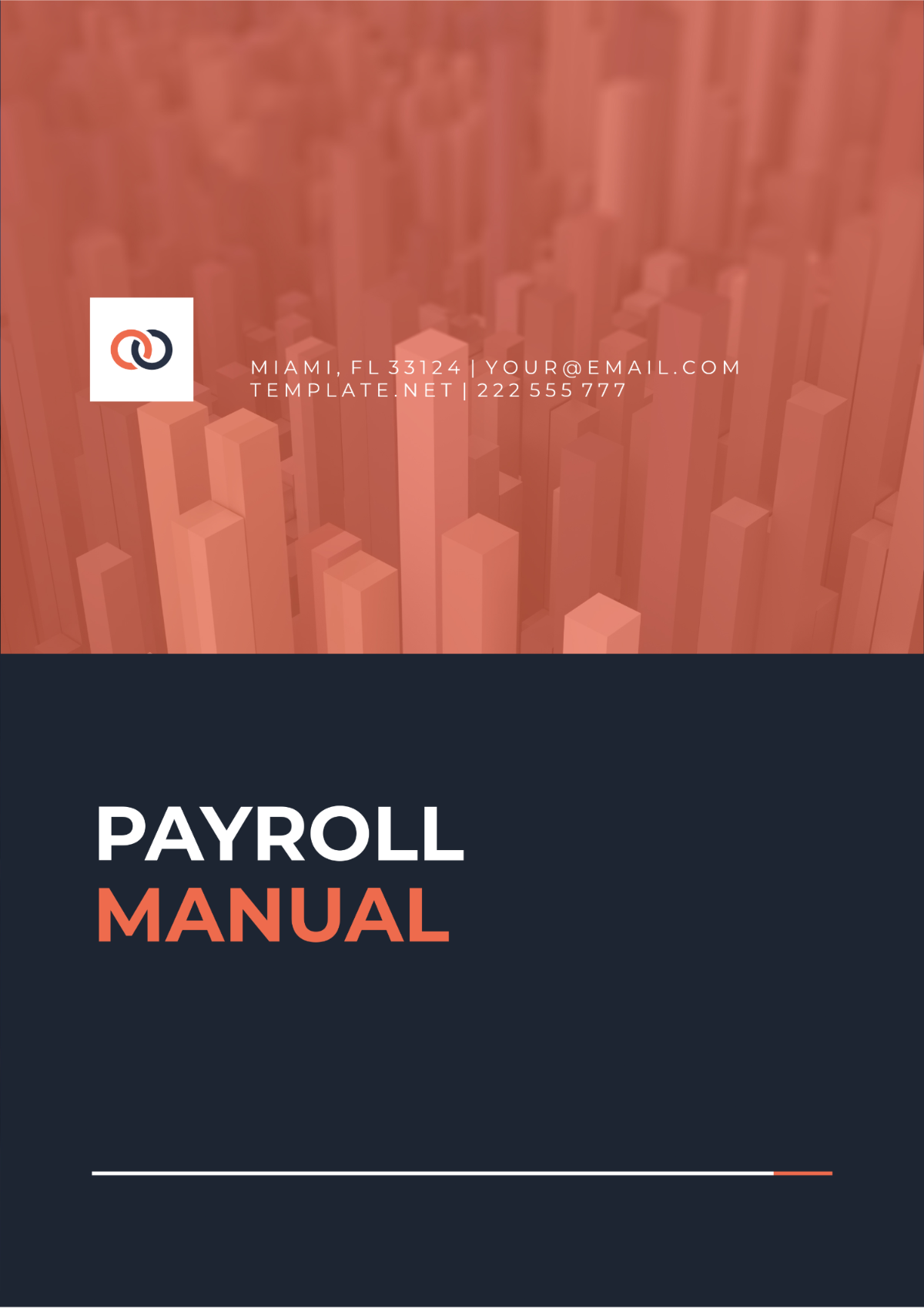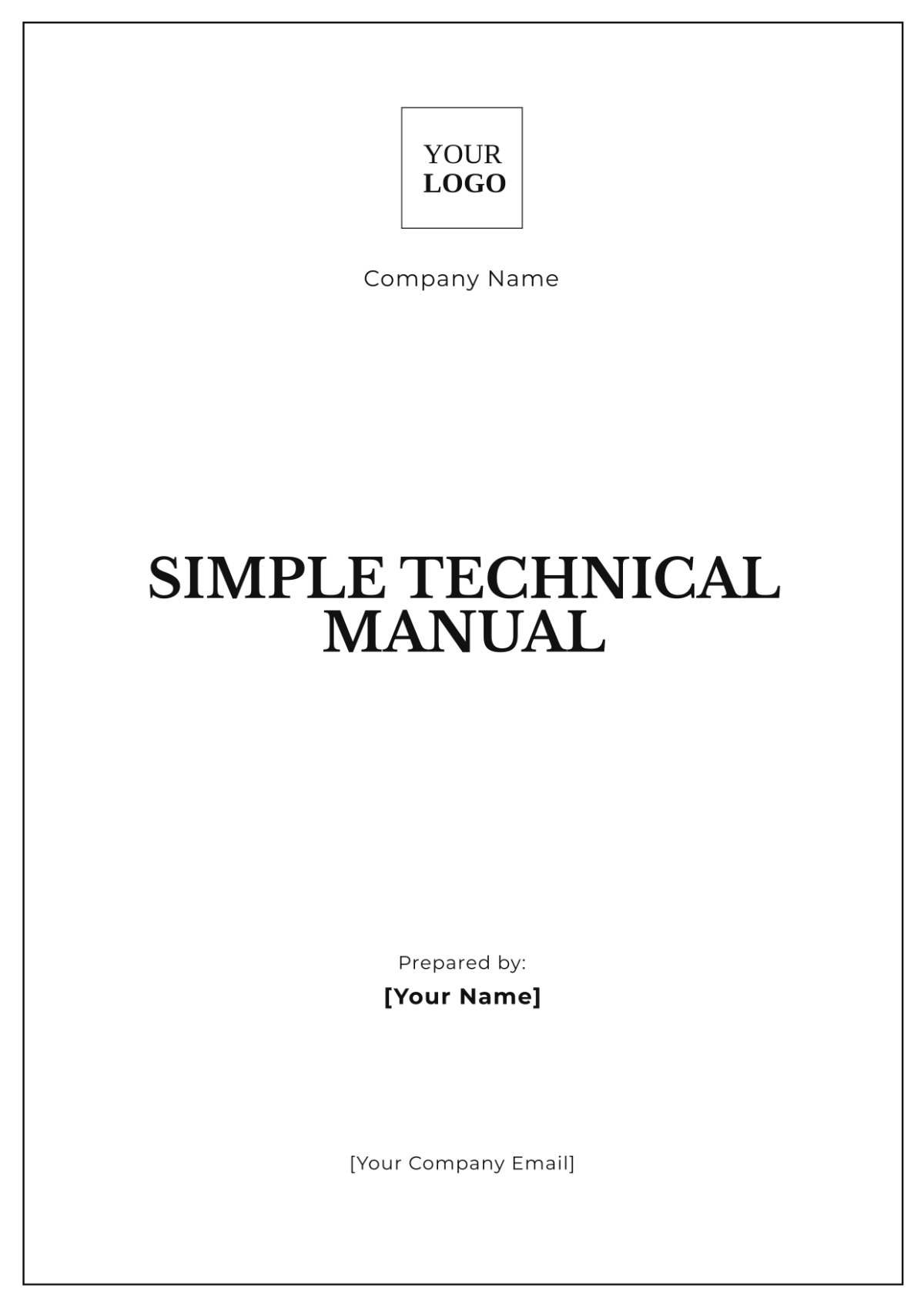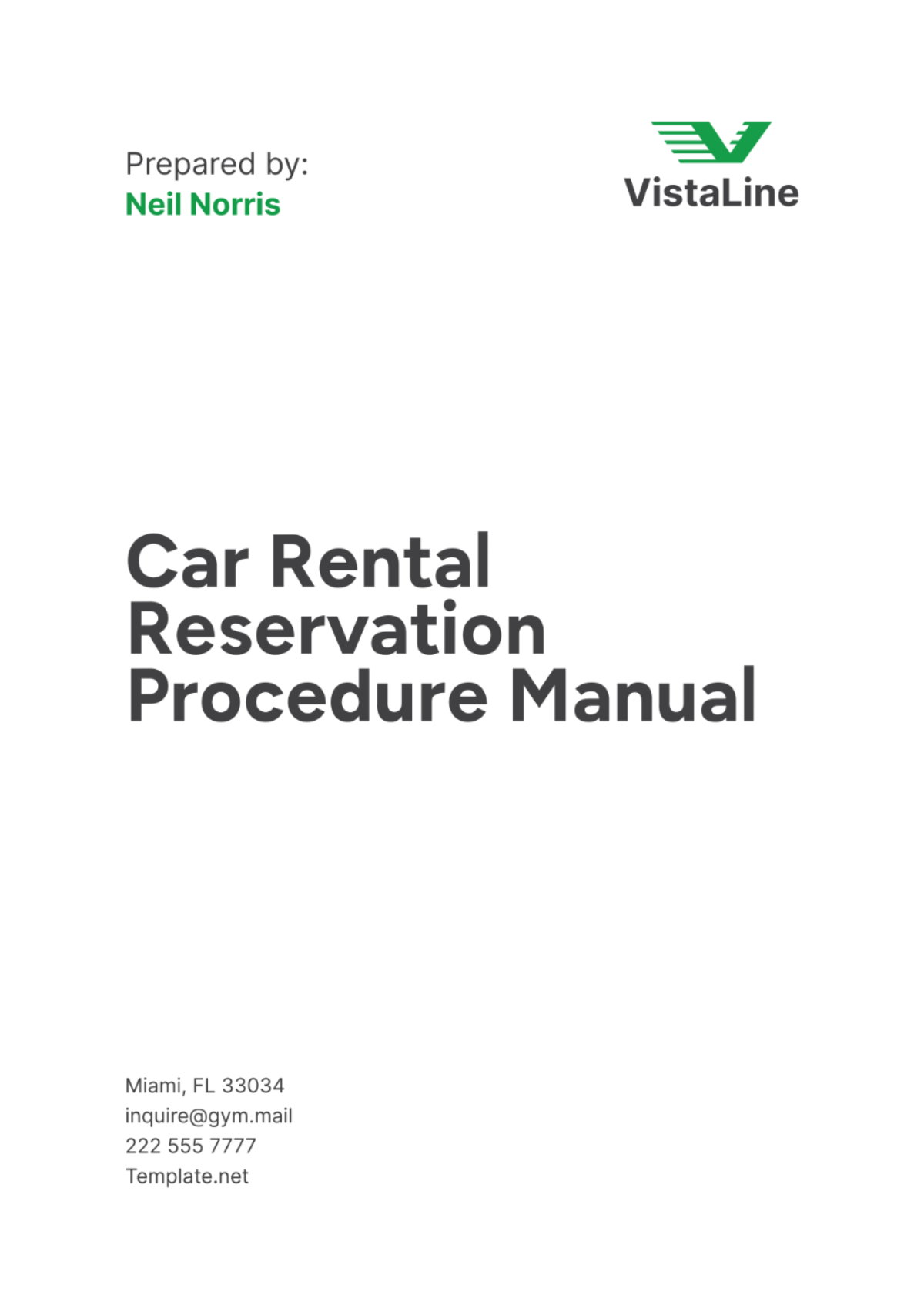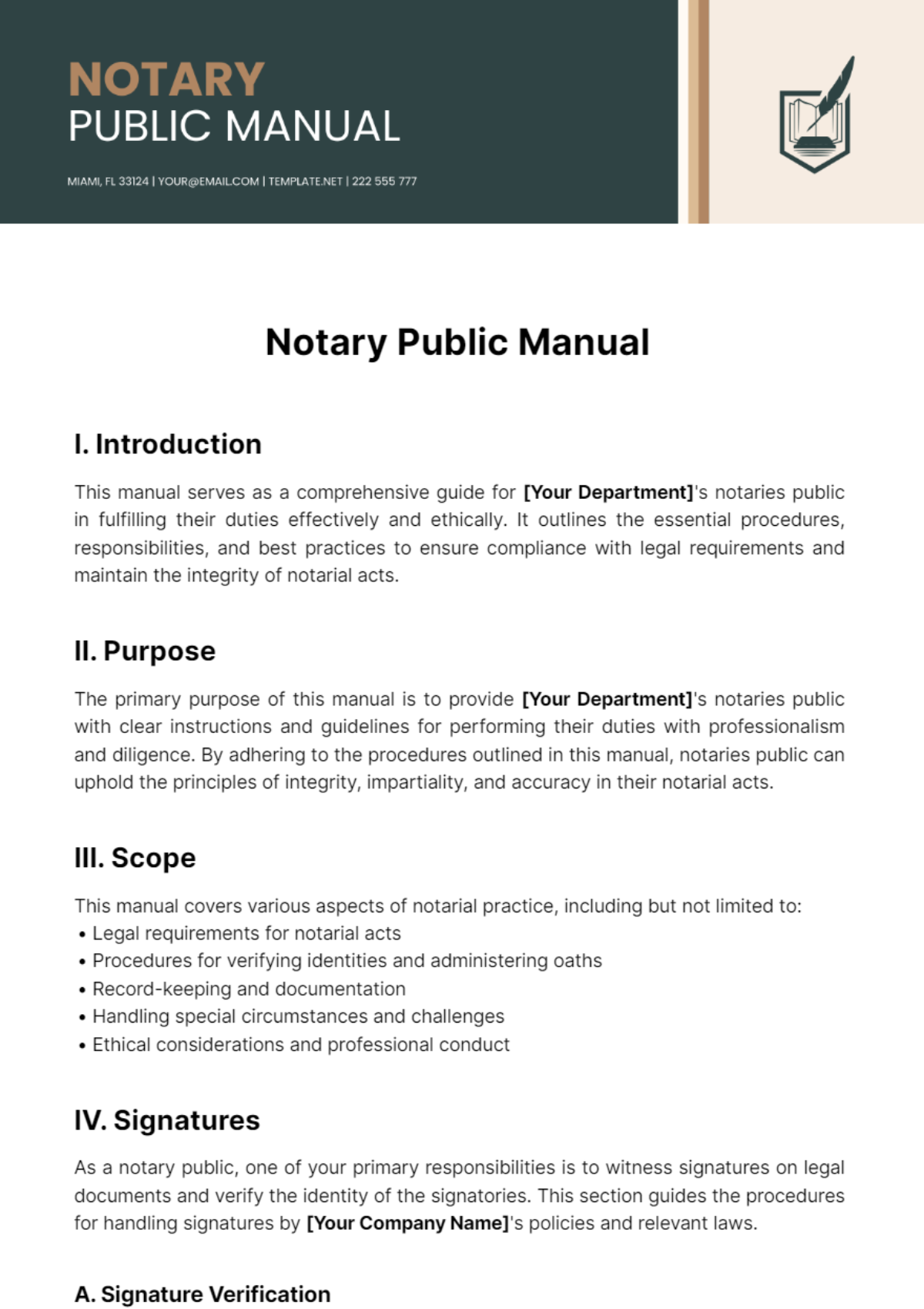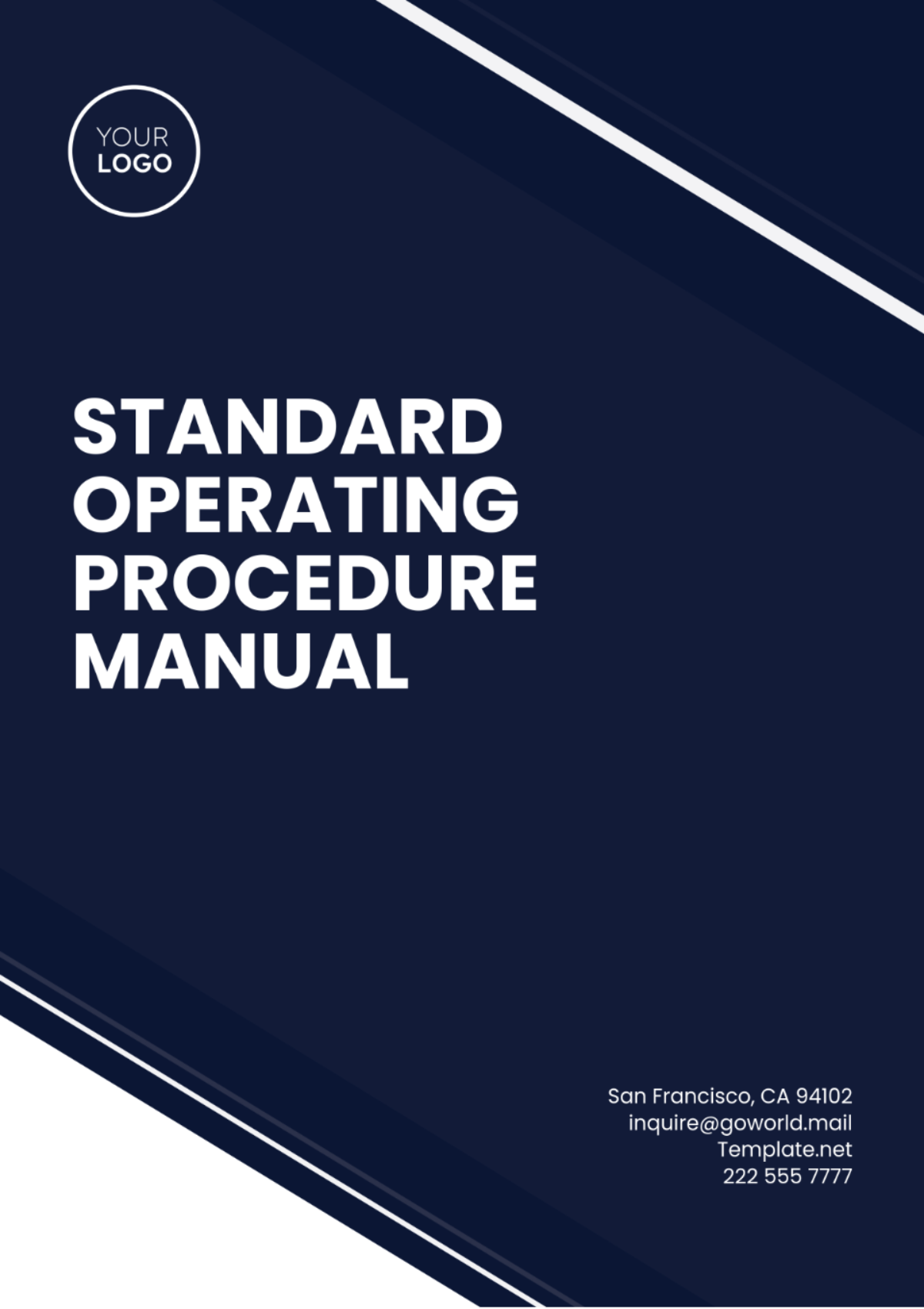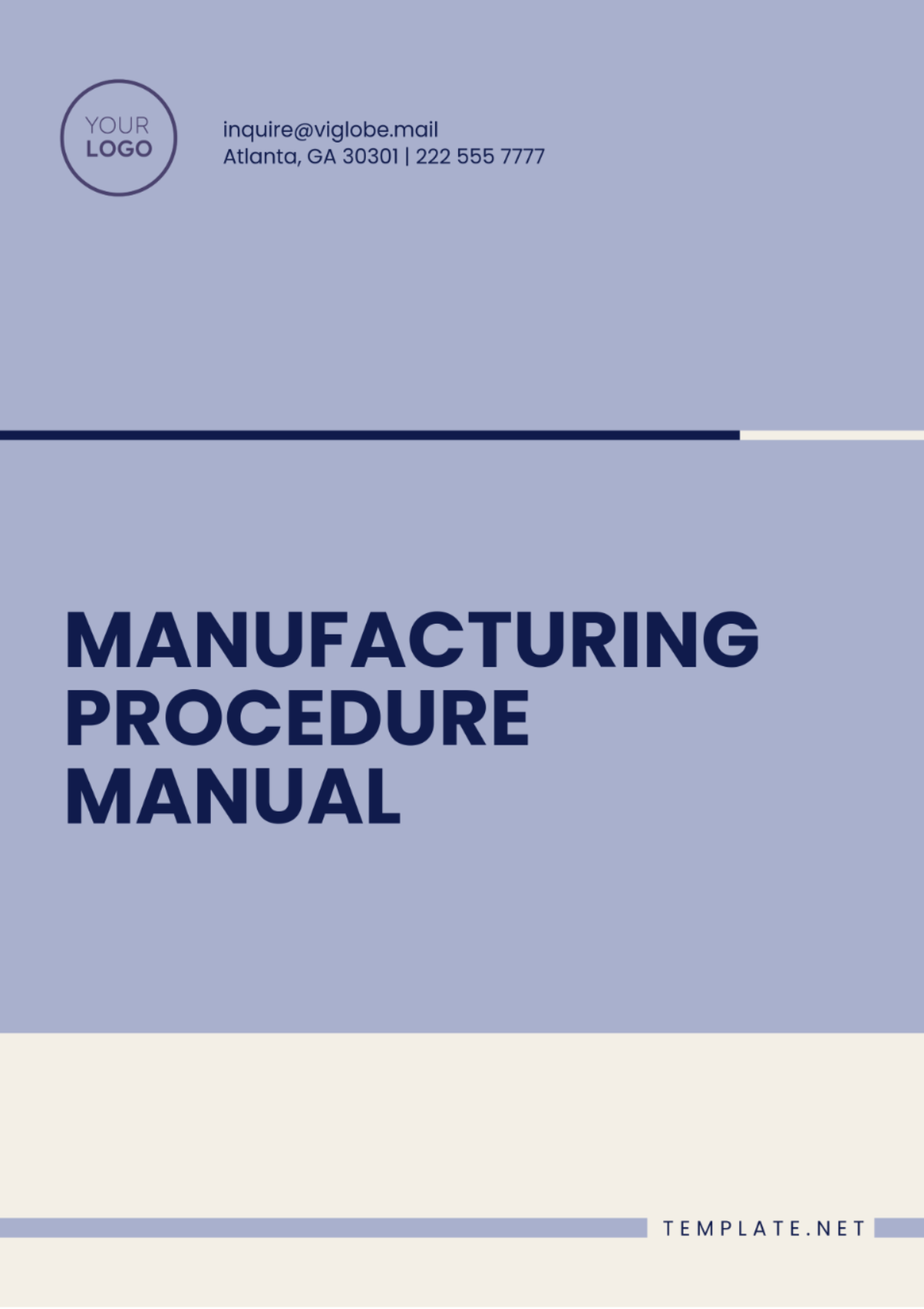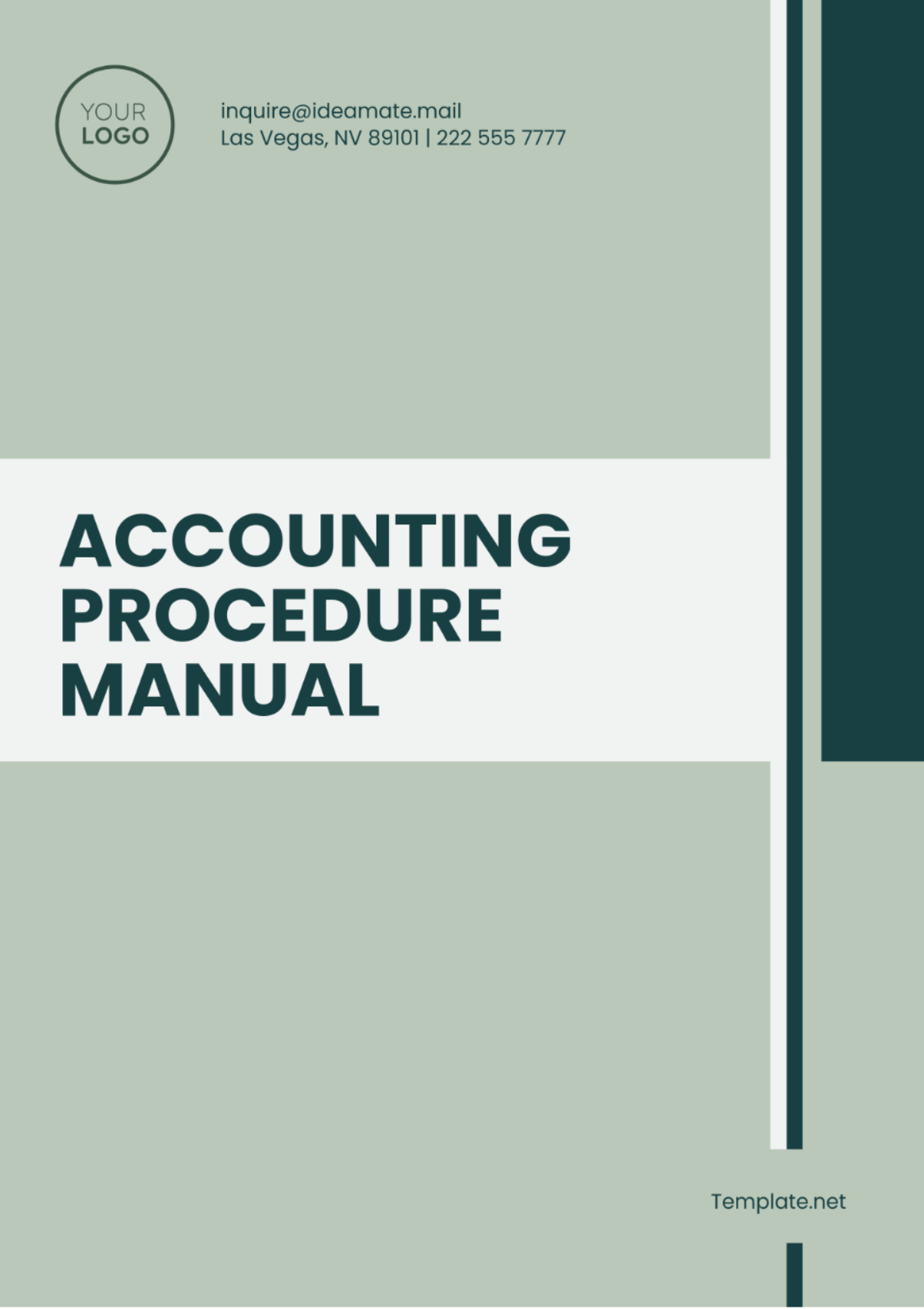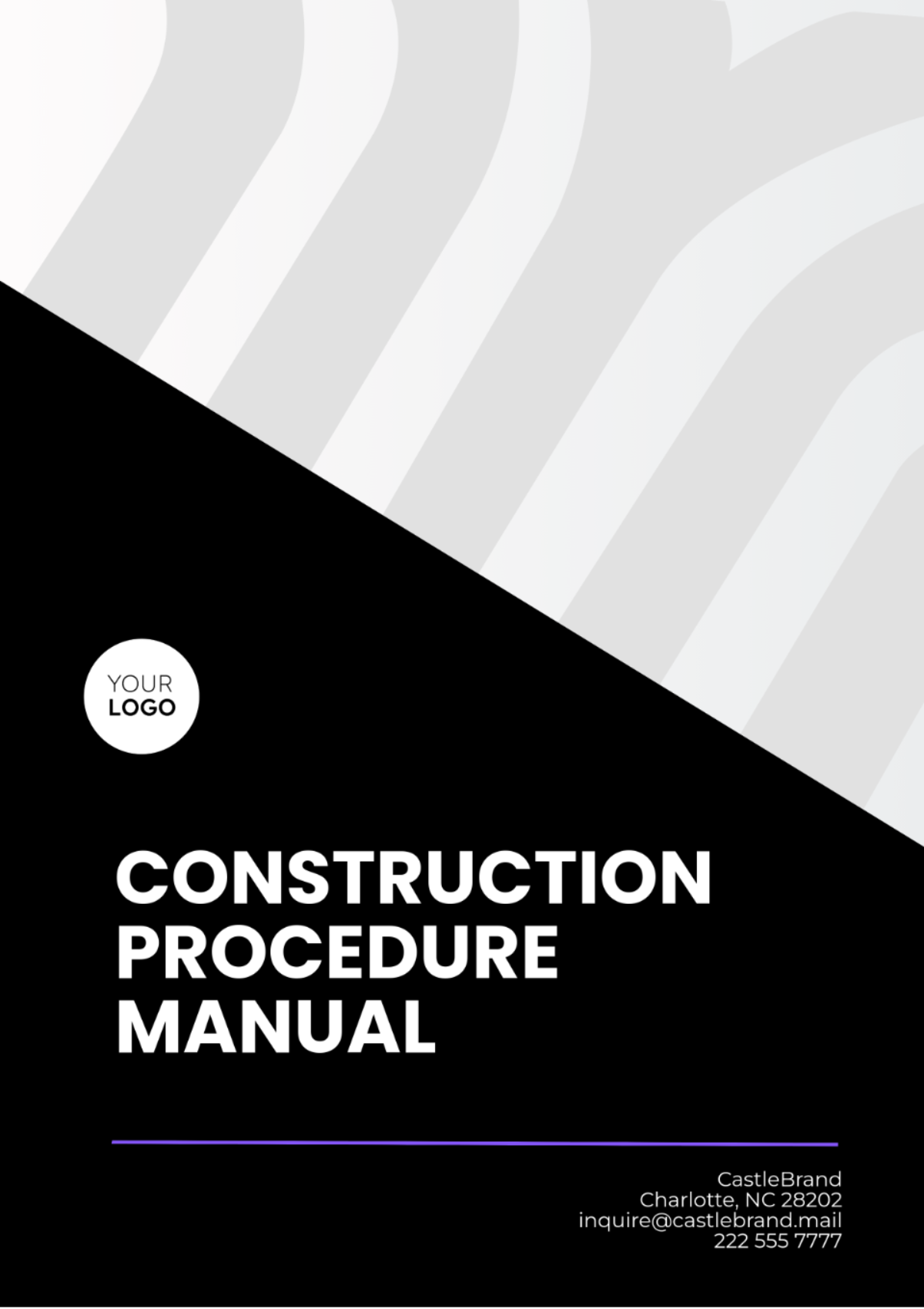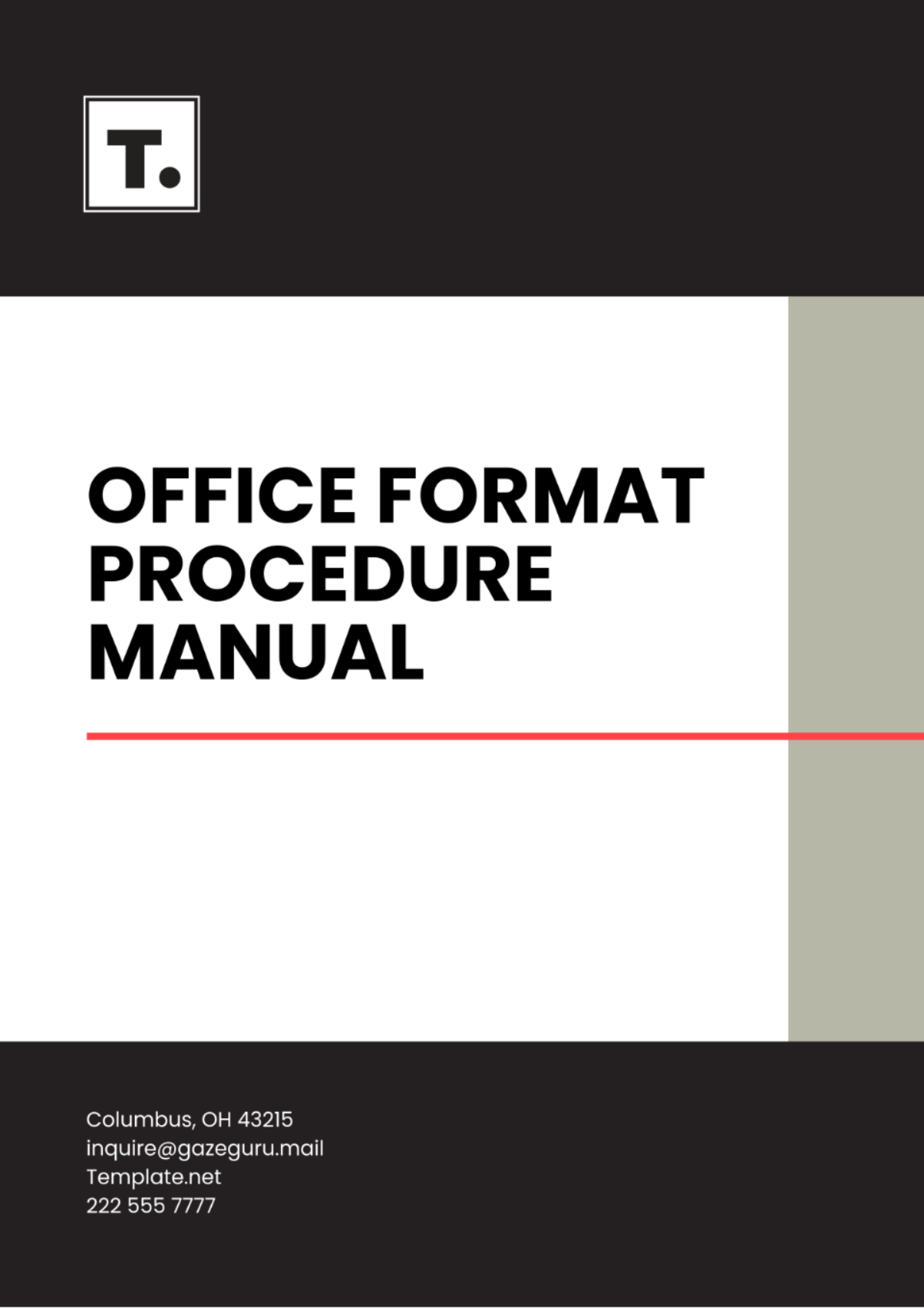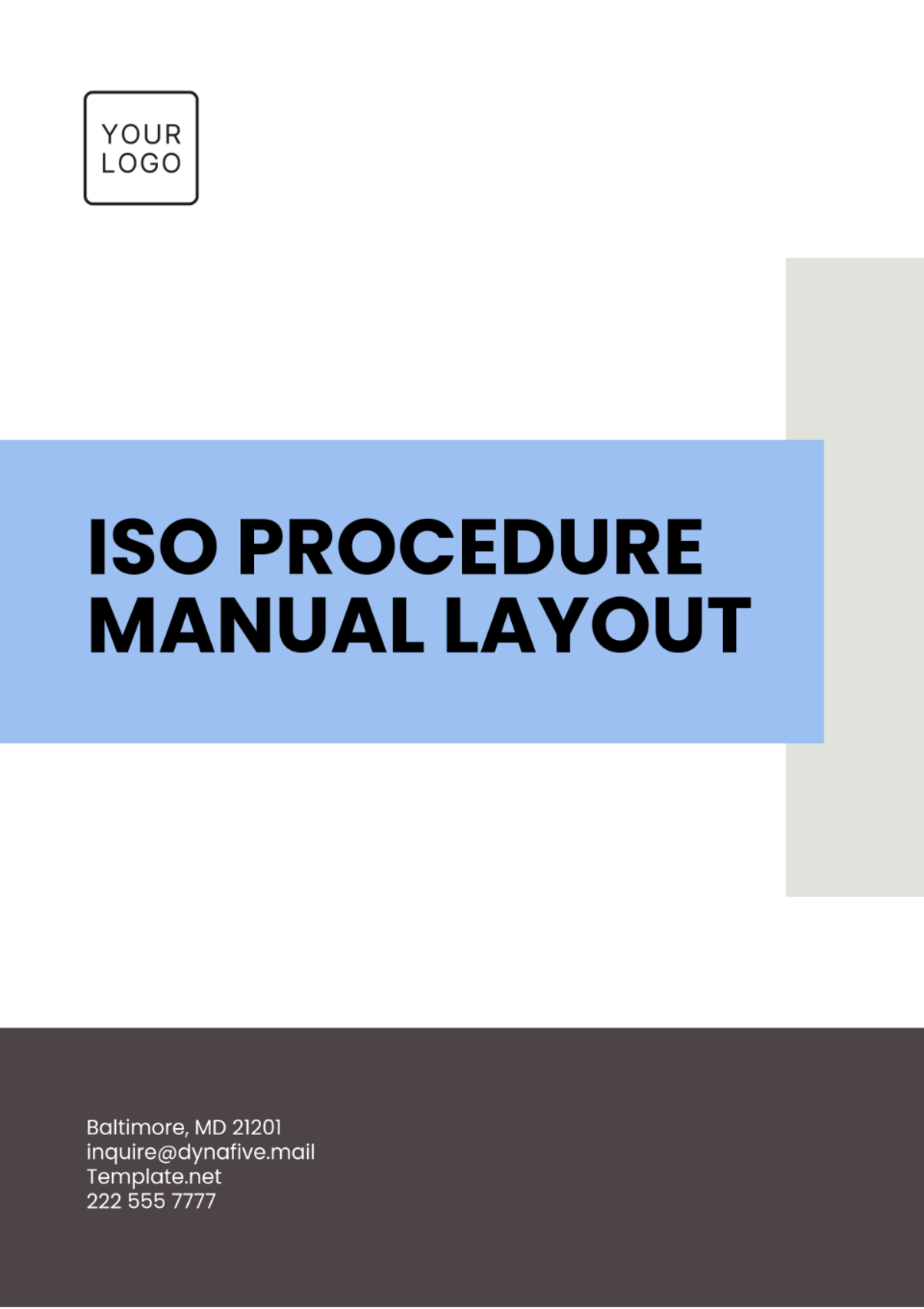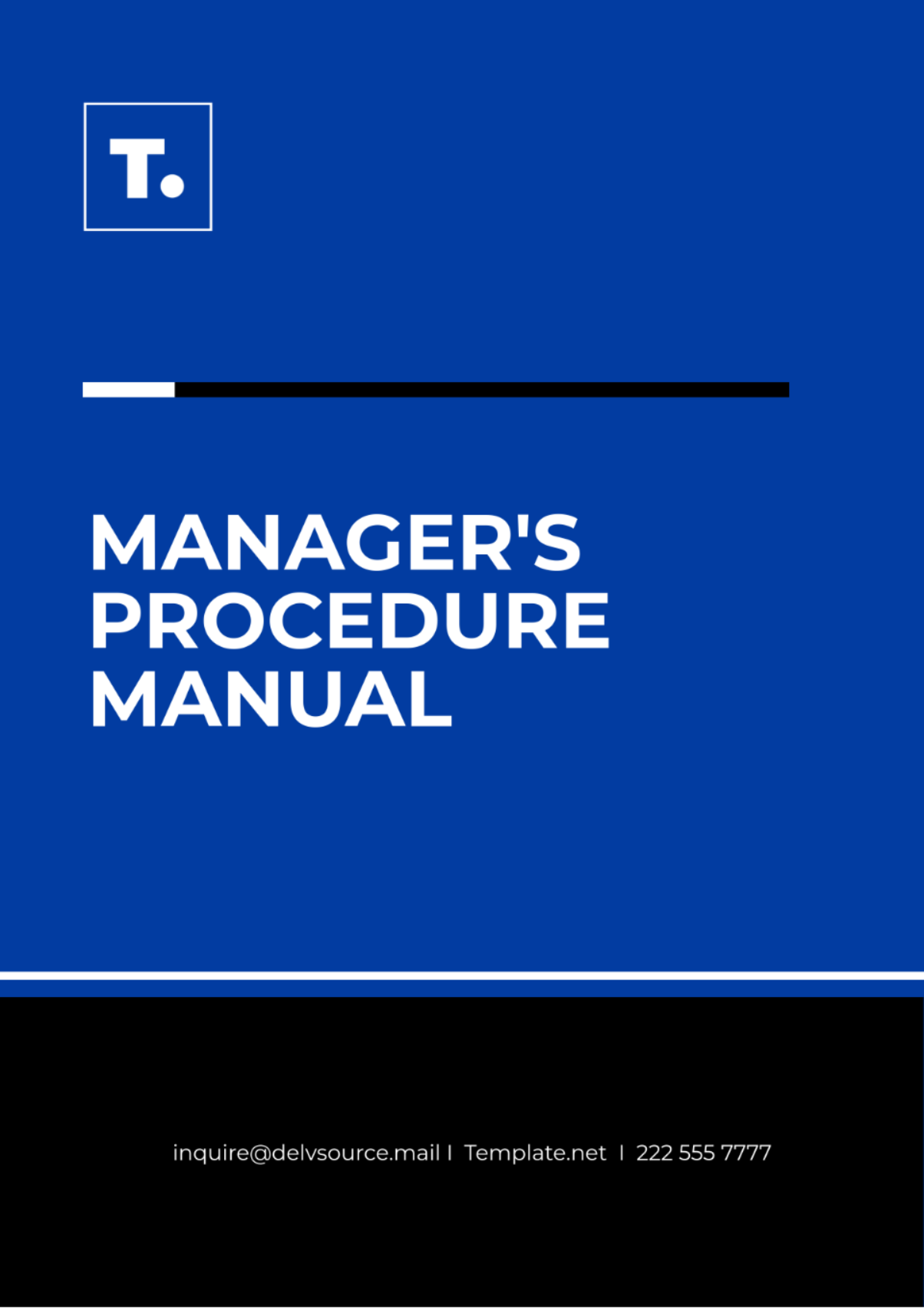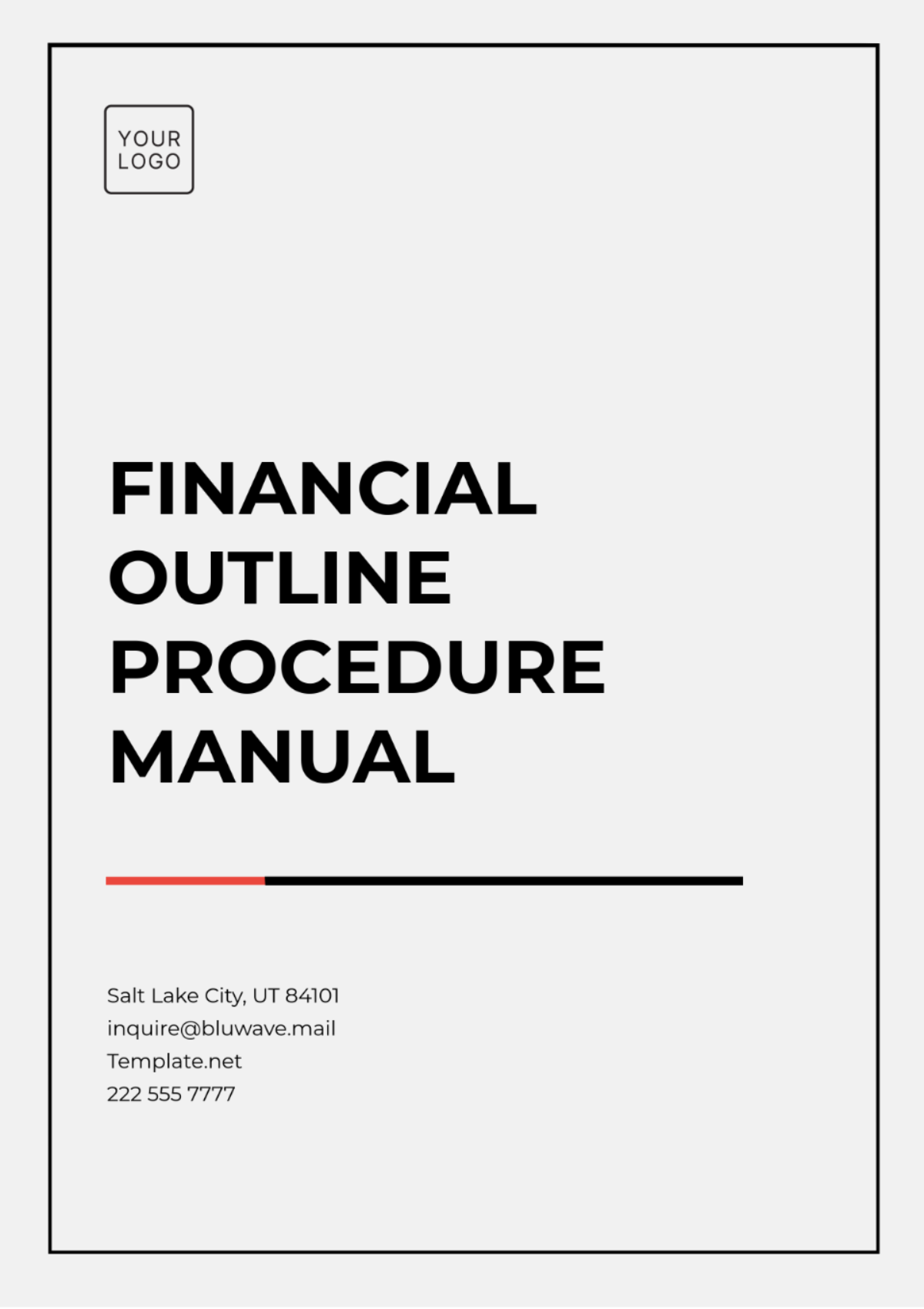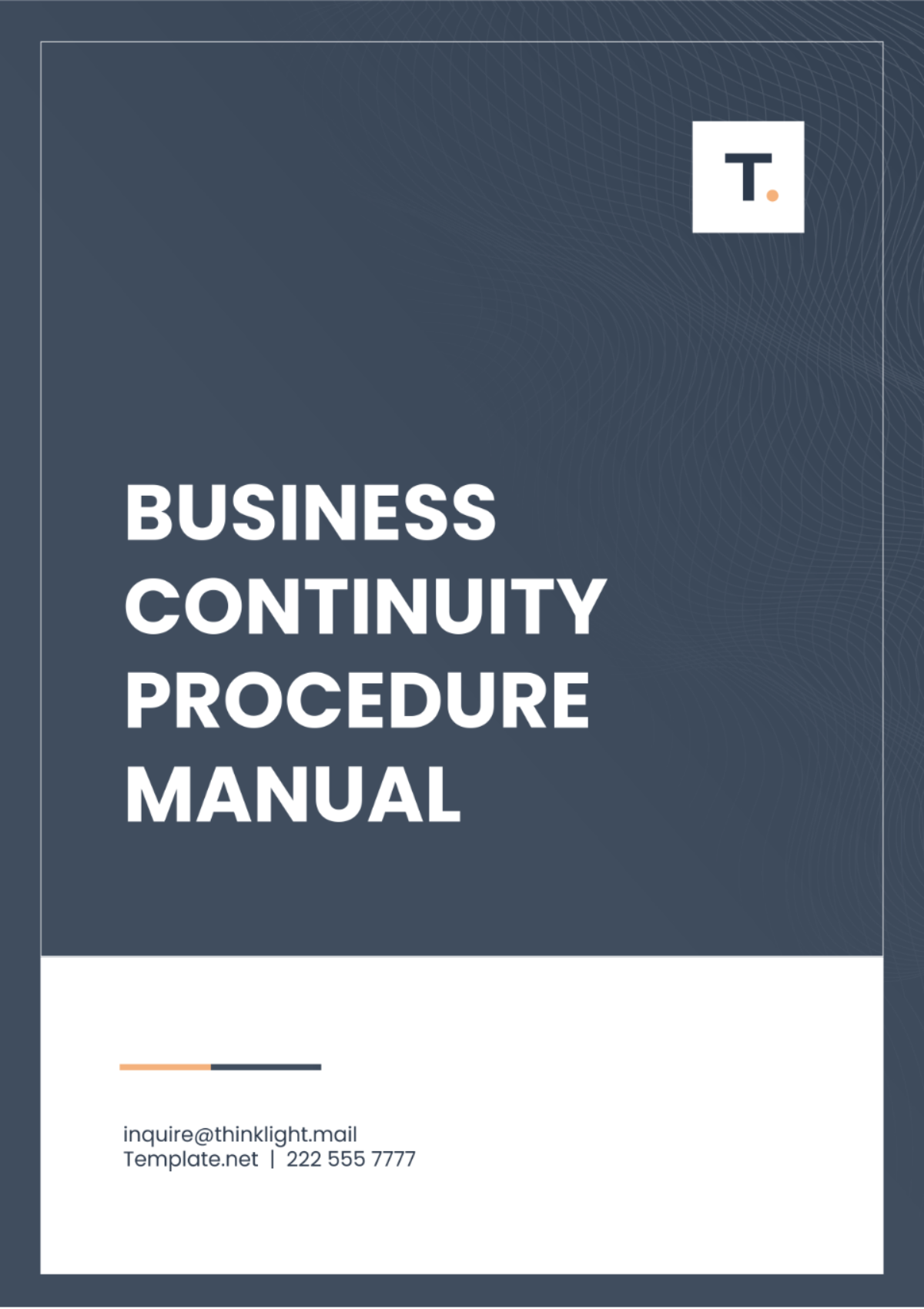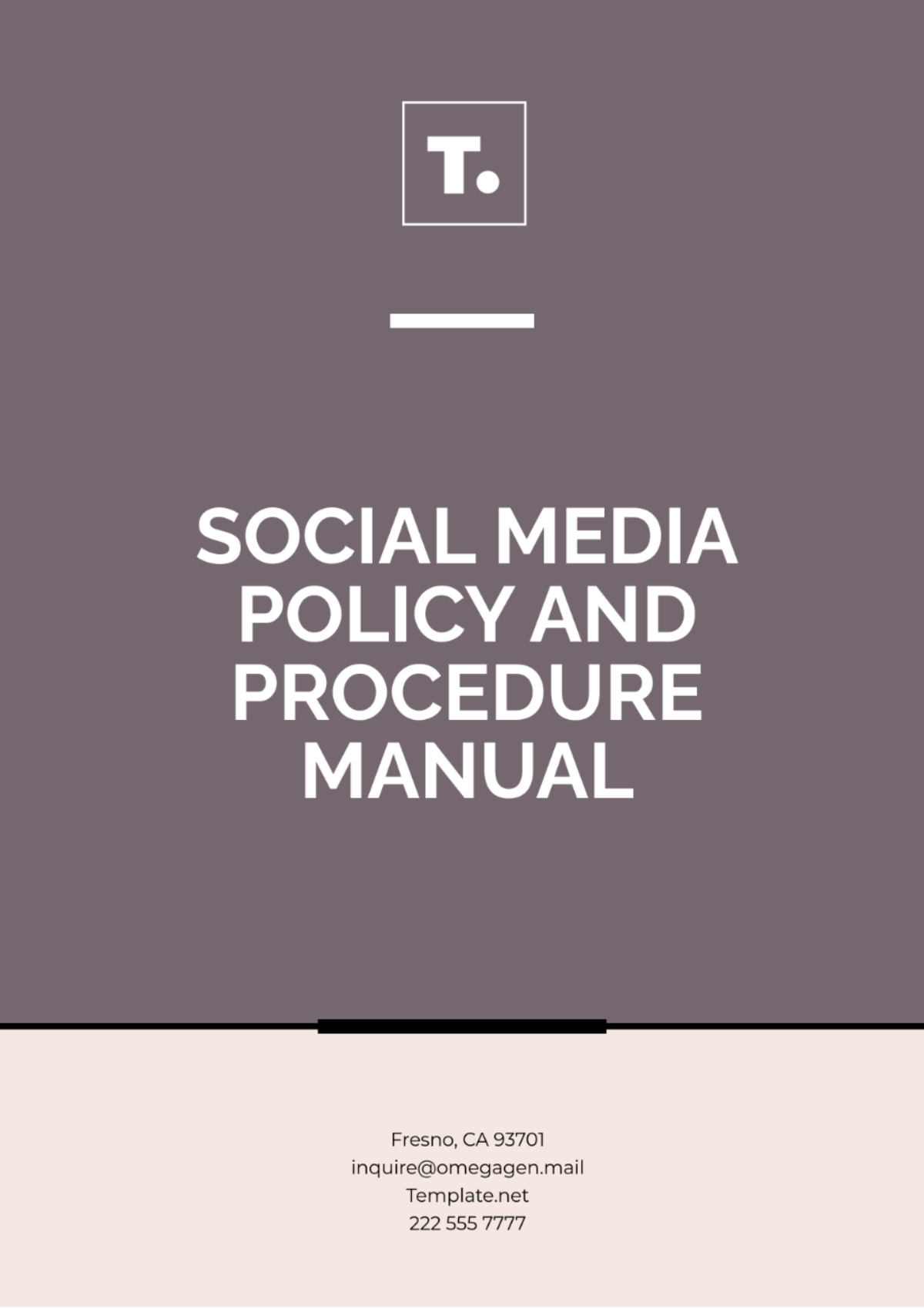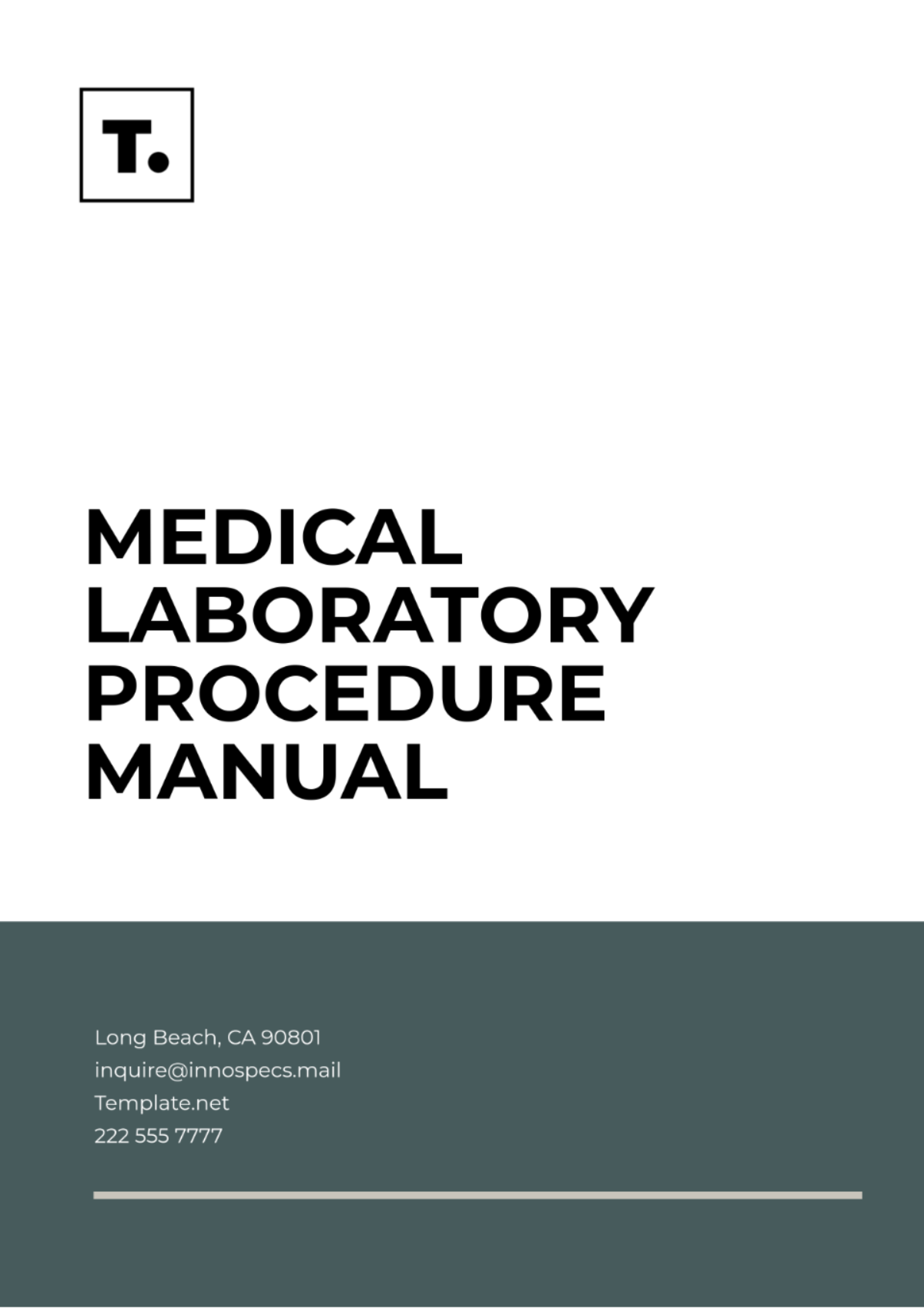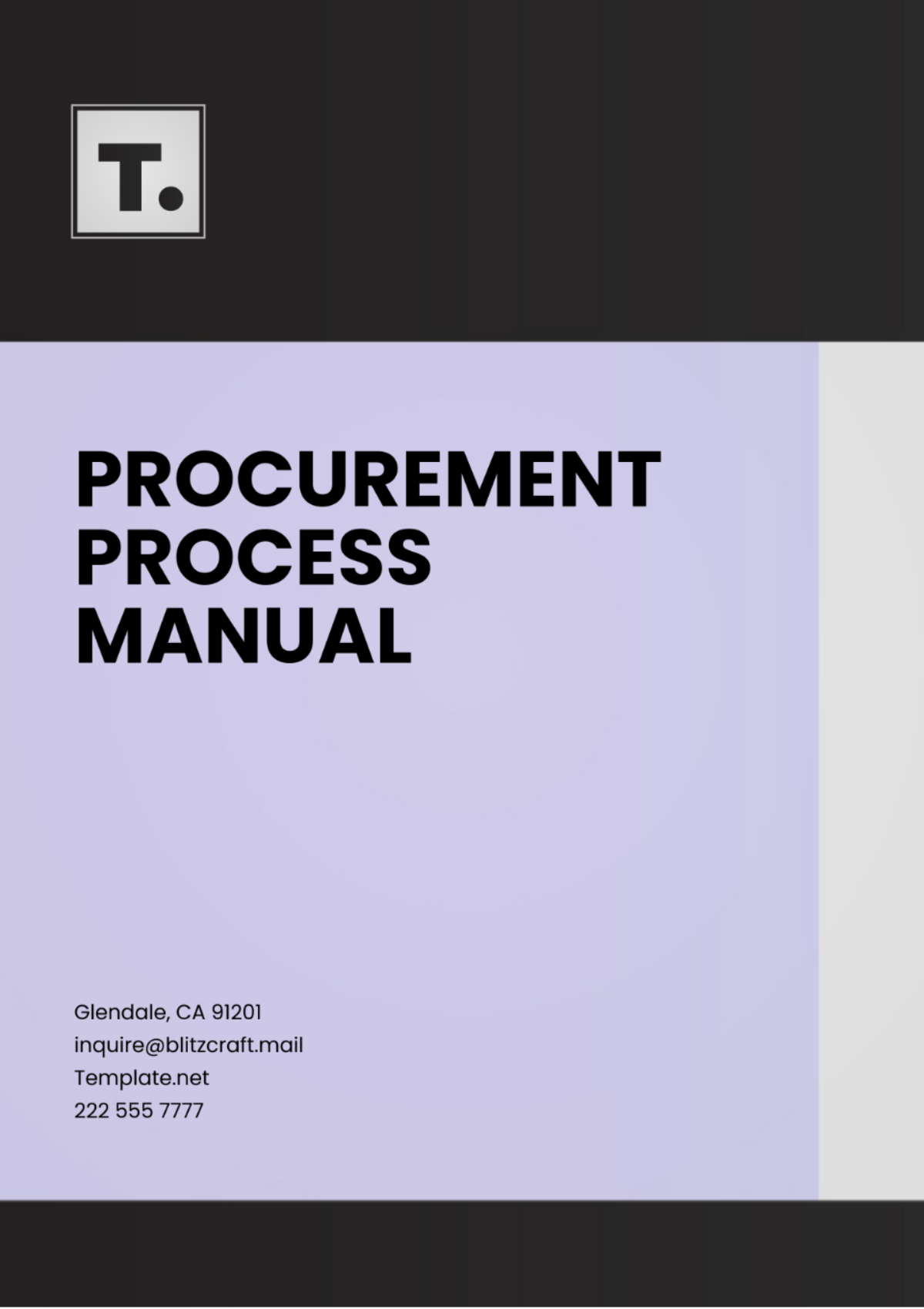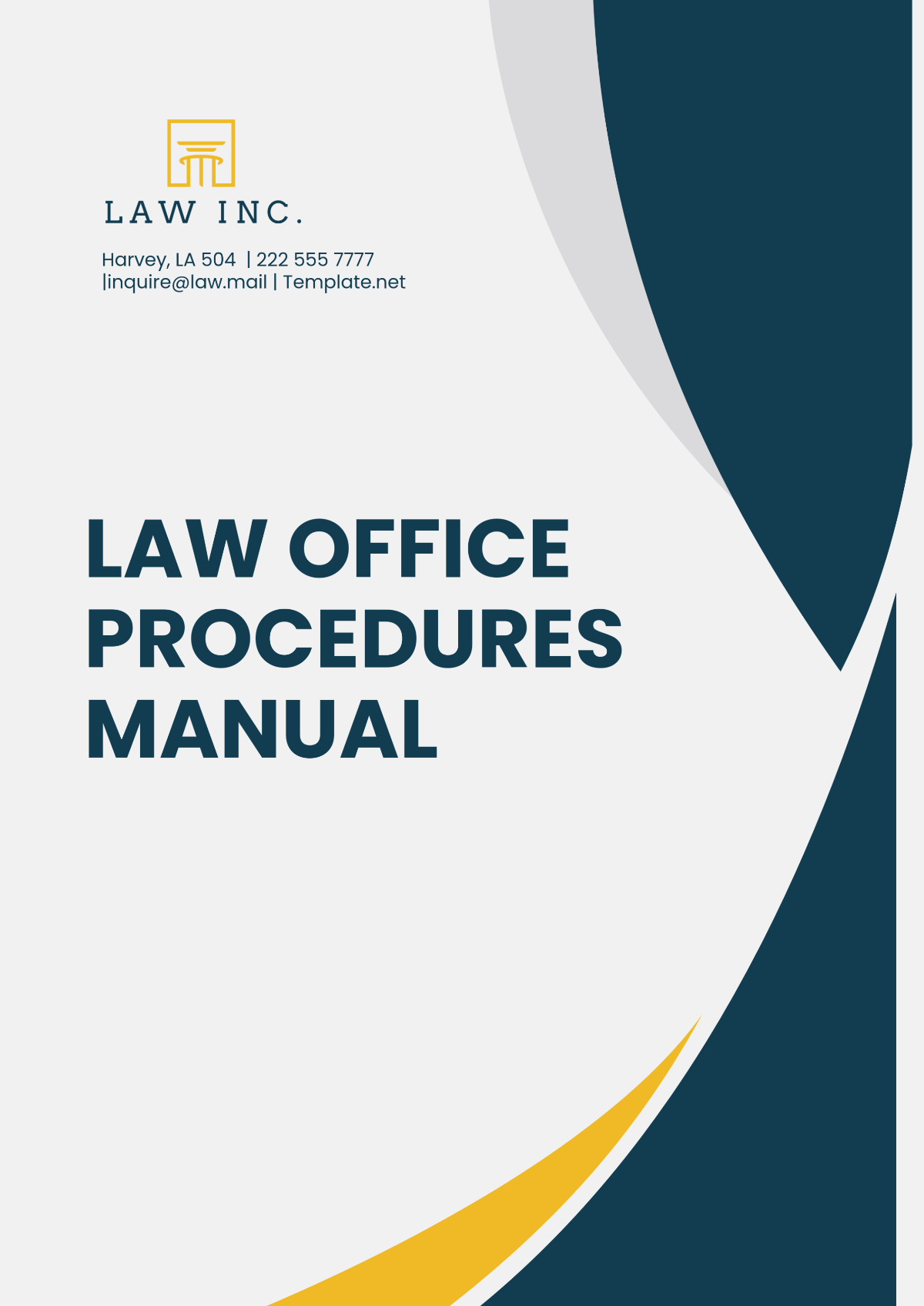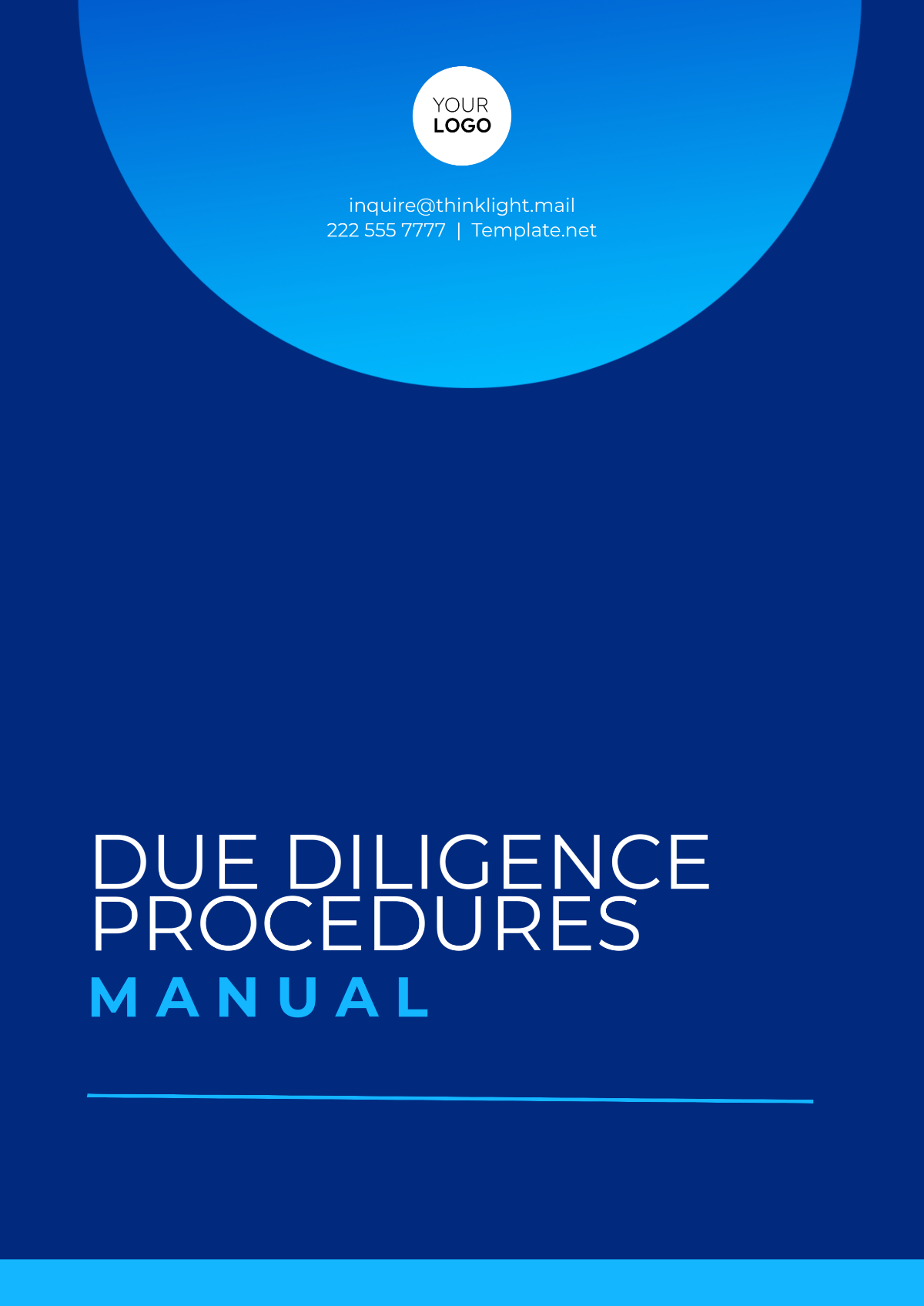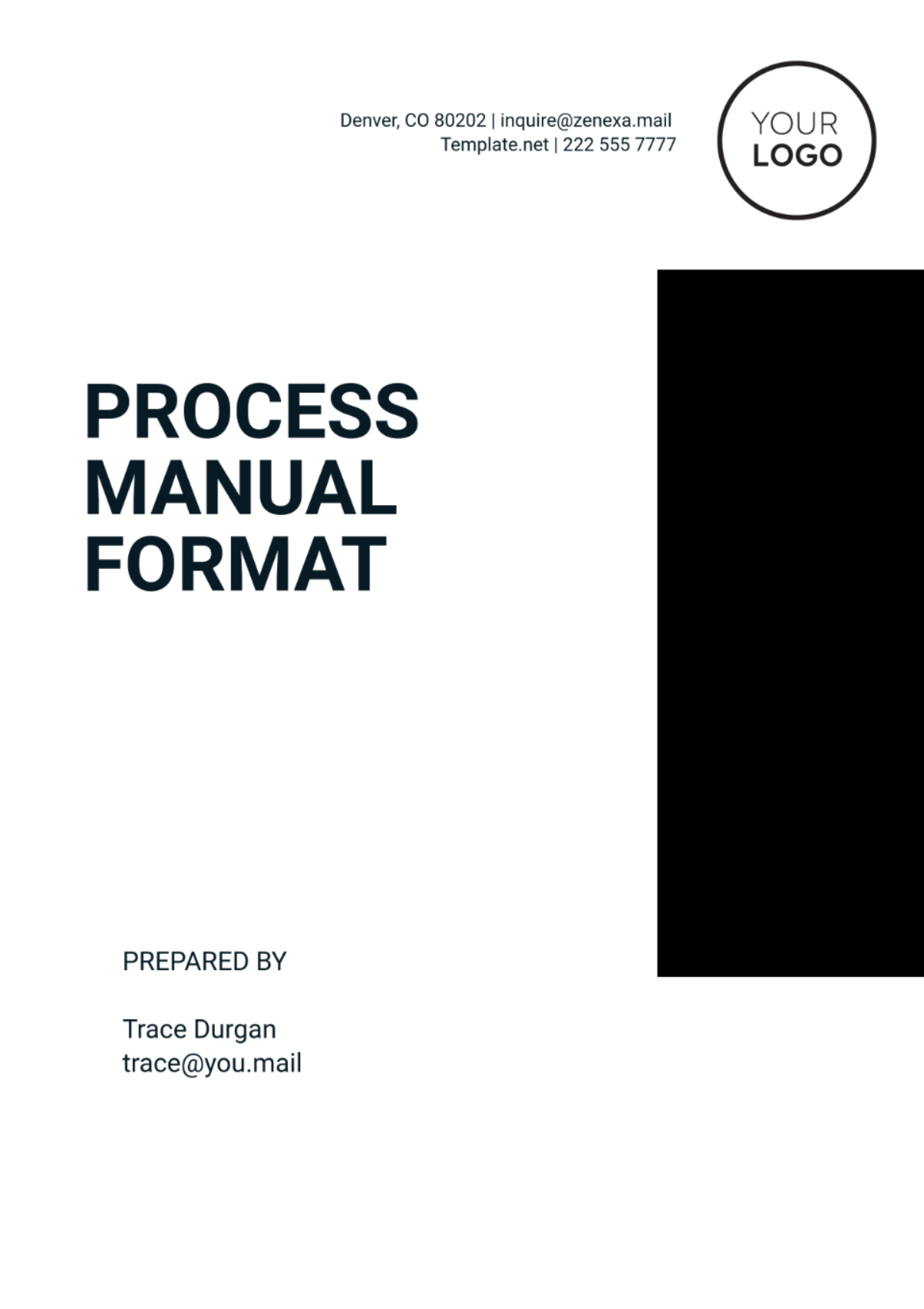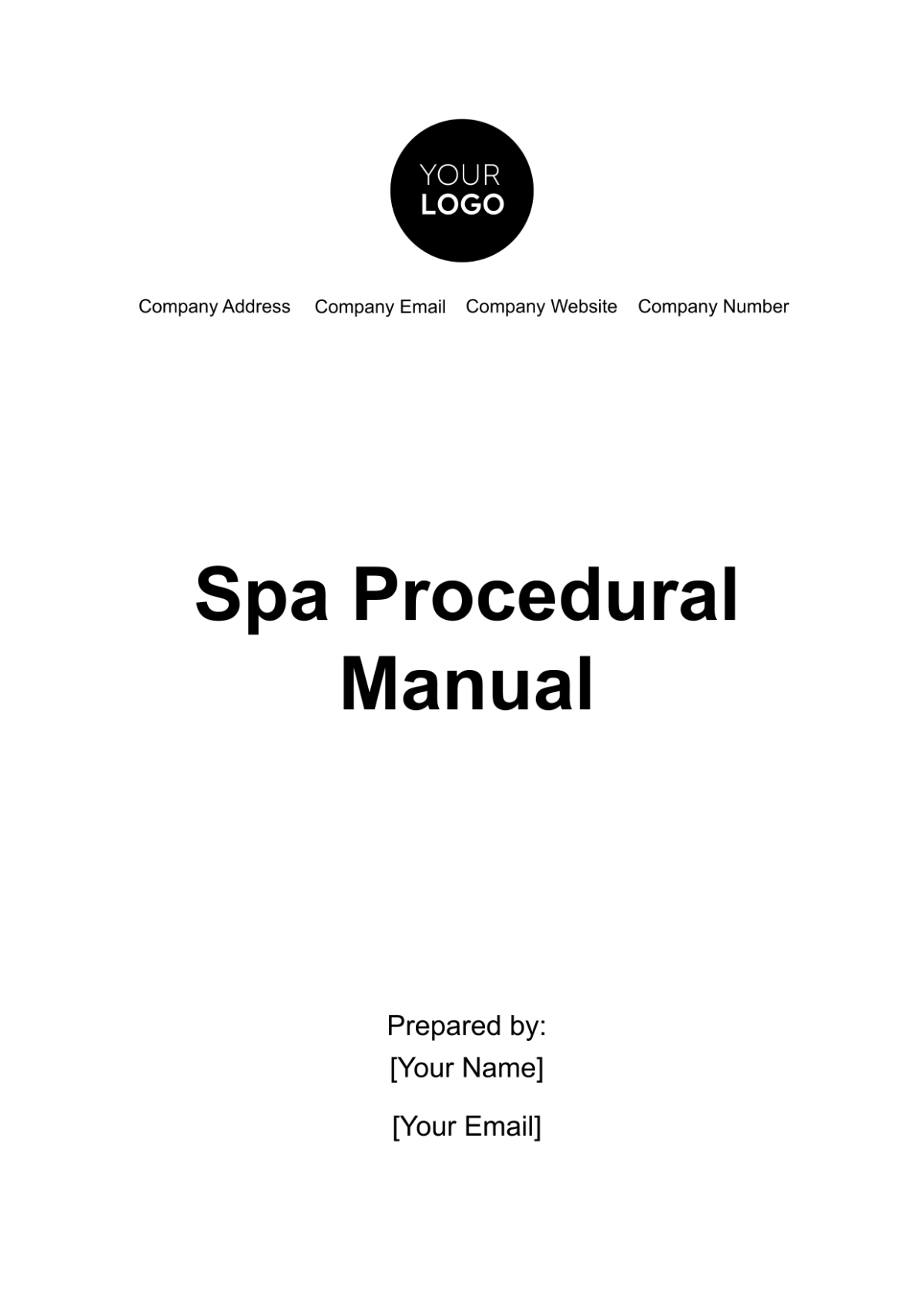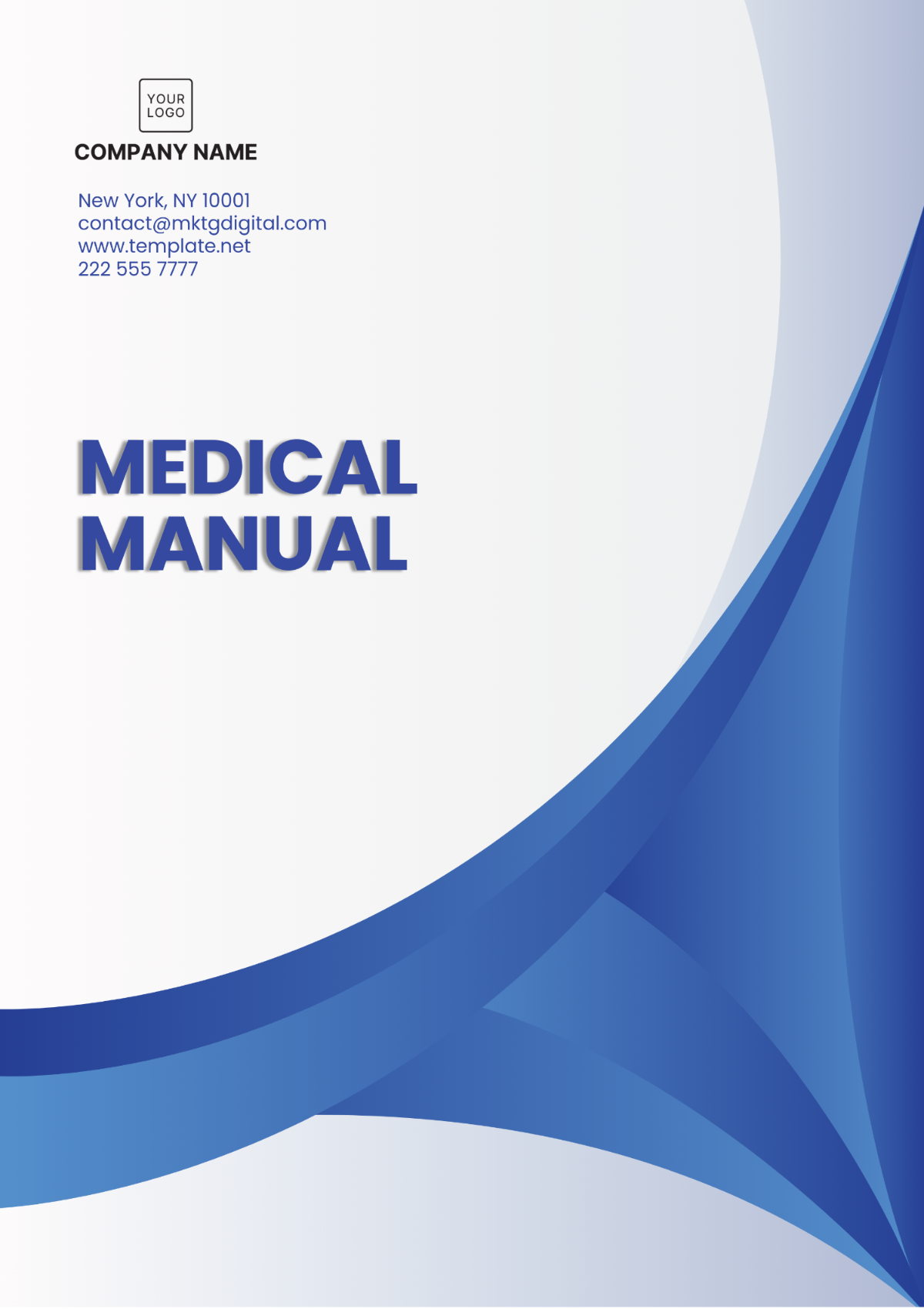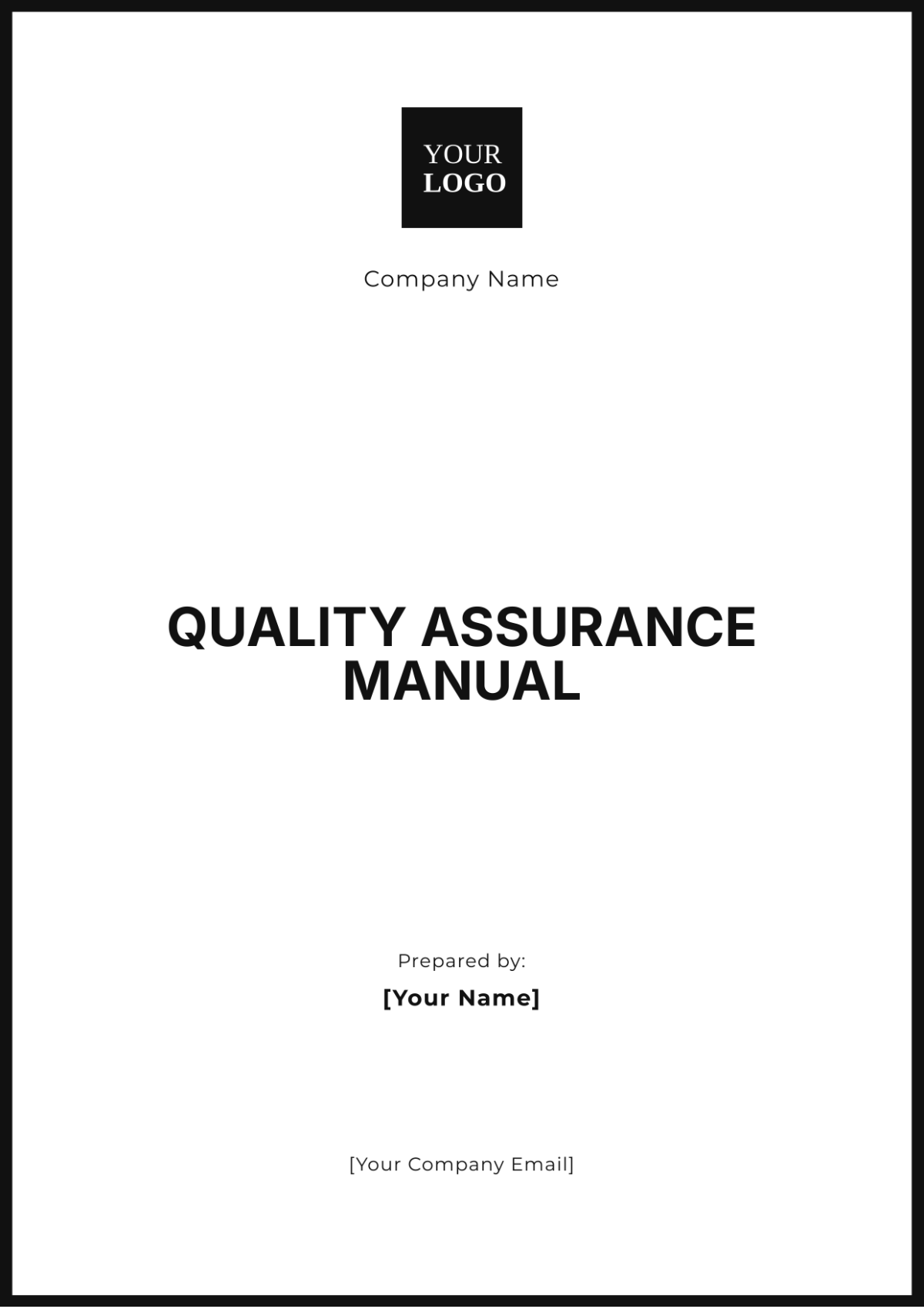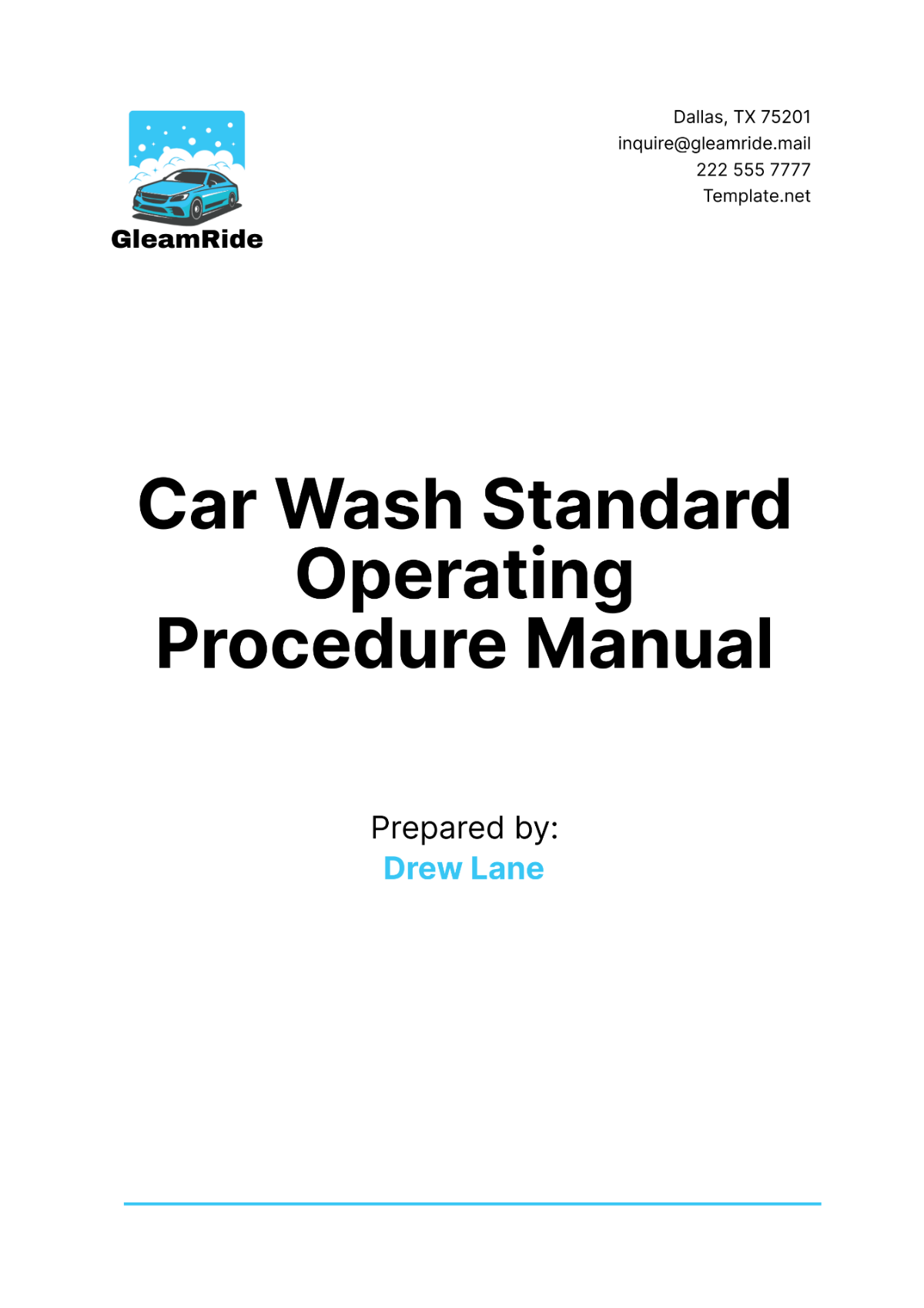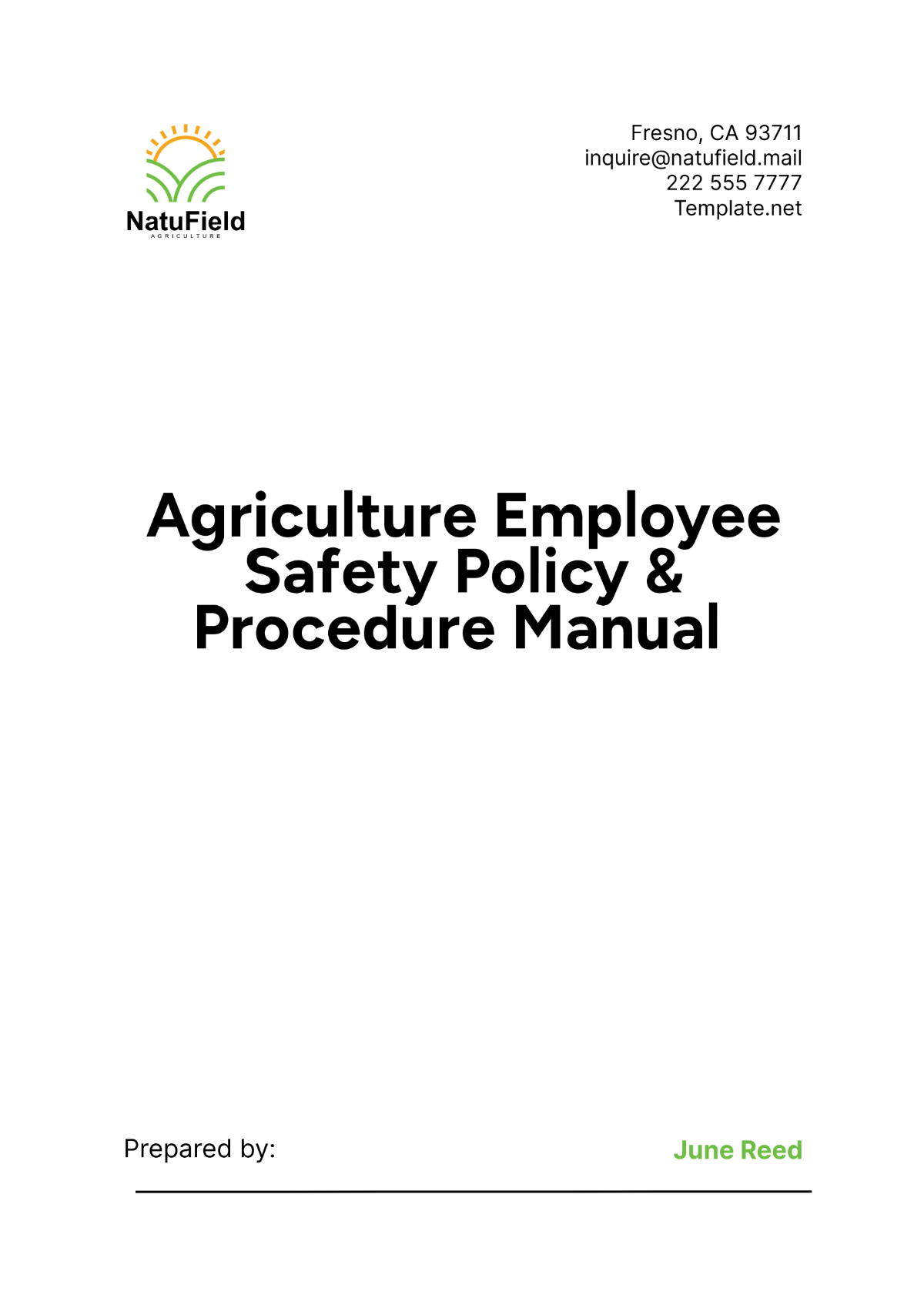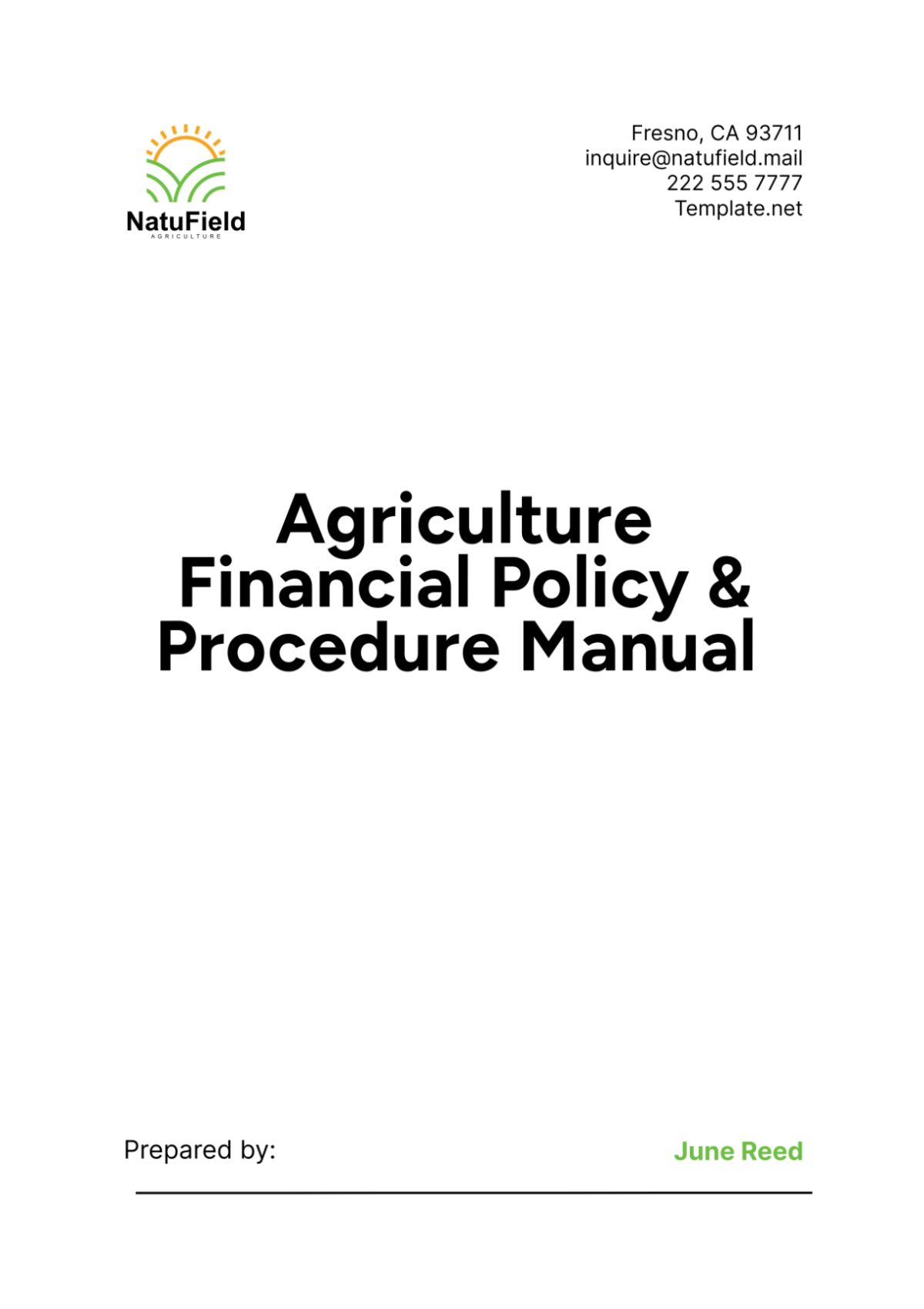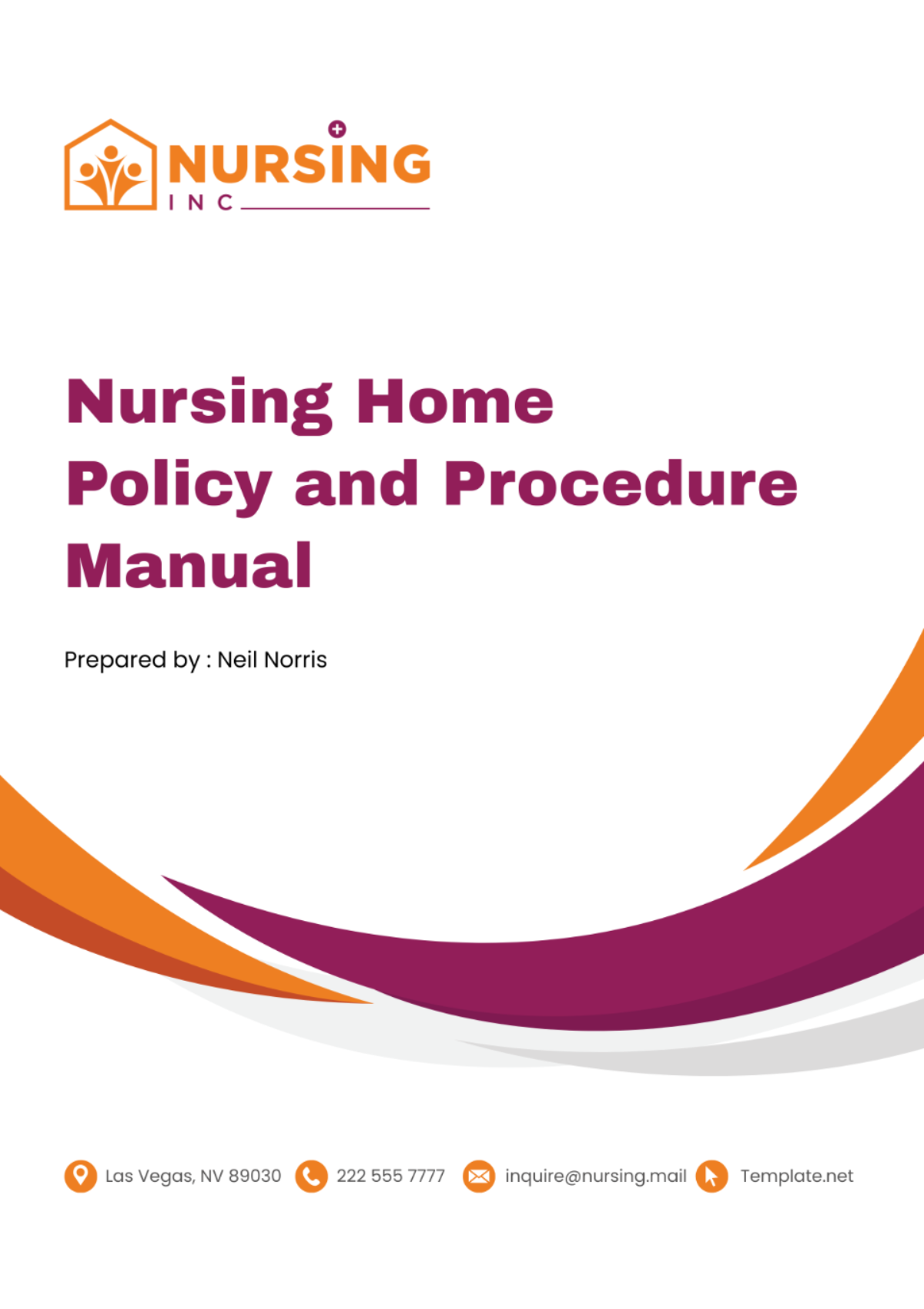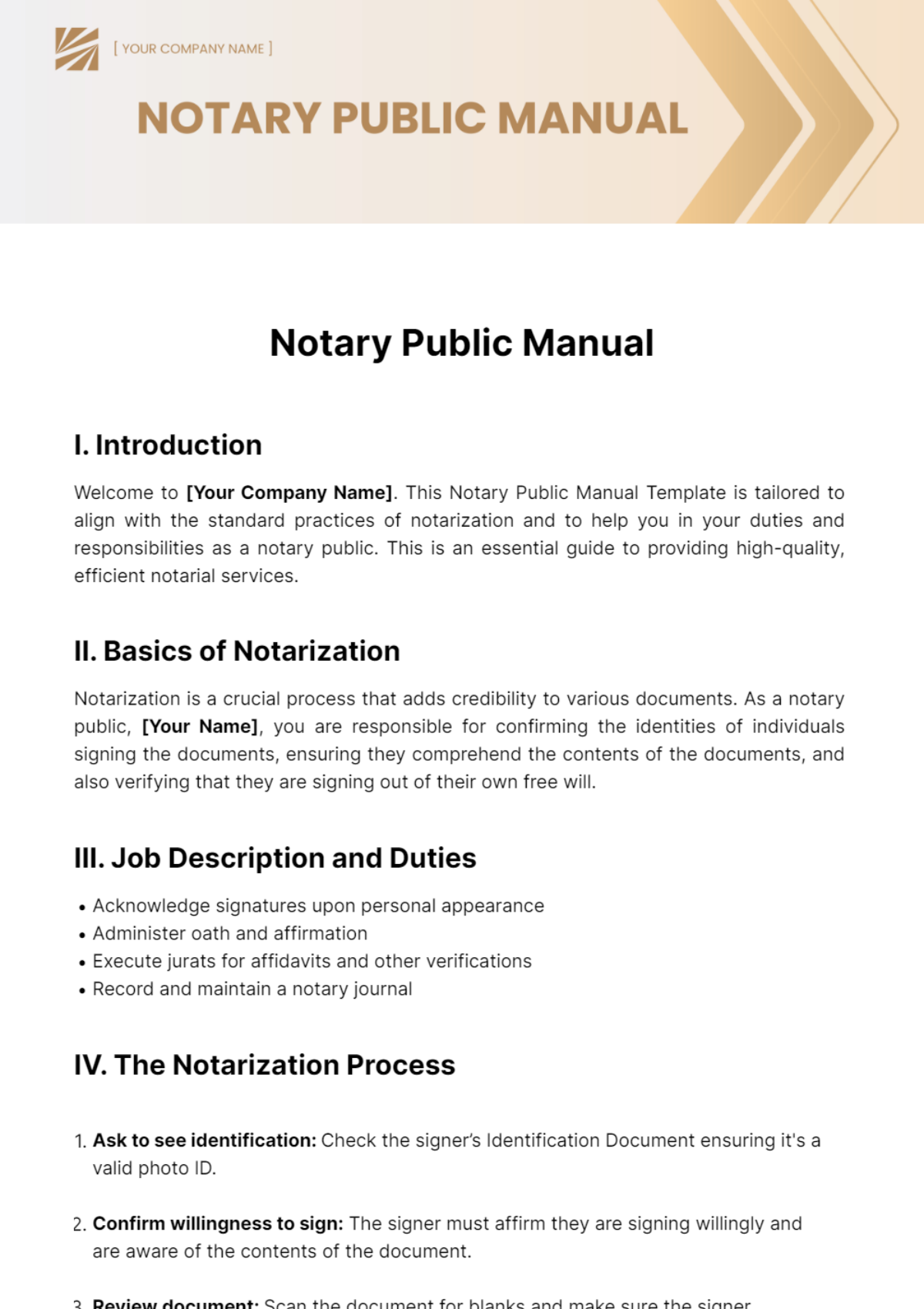Administration Procedure Manual
I. Introduction
Welcome to the Administration Procedure Manual for [Your Company Name]. This manual is designed to provide clear and comprehensive guidelines for administrative operations within our organization. It serves as a foundational resource to ensure consistency, efficiency, and compliance in all administrative functions. By outlining procedures and responsibilities, we aim to support our team members in performing their roles effectively and in alignment with our company's goals and regulatory standards.
At [Your Company Name], we believe that well-defined administrative procedures are crucial for maintaining organizational integrity and achieving operational excellence. This manual covers a wide range of topics, including office management, document handling, and internal communication protocols. It is essential that all employees familiarize themselves with these procedures to contribute to a cohesive and productive work environment. Adherence to these guidelines not only promotes smooth daily operations but also reinforces our commitment to legal and ethical standards.
II. Organizational Structure
At [Your Company Name], our organizational structure is designed to promote efficiency and clarity across all levels of the company. The hierarchy is organized into distinct departments, each led by a manager who collaborates closely with the executive team. These departments—Human Resources, Finance, Information Technology, Operations, and Marketing—play pivotal roles in ensuring the smooth functioning of our business operations. Each department has its own set of functions, contributing to the overall success of the company.
Understanding the roles and responsibilities within these departments is essential for maintaining effective communication and achieving our business objectives.
A. Company Hierarchy
The company is structured into various departments, each headed by a manager who reports to the executive team. The key departments include:
Human Resources
Finance
Information Technology
Operations
Marketing
B. Roles and Responsibilities
The roles and responsibilities within each department are clearly defined to ensure smooth operation. Here are the main roles:
Role | Responsibilities |
|---|---|
Manager | Oversees departmental functions, communicates with executives. |
Supervisor | Manages team members, ensures business targets are met. |
Administrative Assistant | Provides support to the department, handles administrative tasks. |
This clear delineation of roles helps streamline processes and foster a collaborative work environment.
III. Administrative Procedures
Effective administrative procedures are vital for ensuring smooth and consistent operations at [Your Company Name]. Our structured approach to onboarding, leave management, and expense reimbursement helps integrate new hires seamlessly, maintain operational efficiency, and manage business expenses transparently.
New employees are introduced to our company through a thorough onboarding process, which includes completing necessary paperwork, attending orientation, and receiving training. Leave management and expense reimbursement procedures are designed to facilitate easy requests and approvals while maintaining necessary records and control. By adhering to these procedures, we support both employee satisfaction and operational integrity.
A. Onboarding Process
New employees go through an onboarding process designed to integrate them into the company culture and ensure they understand their roles.
Complete new hire paperwork
Attend orientation sessions
Receive necessary training
B. Leave Management
Employees can request leave through an established process to ensure proper staffing levels are maintained. The steps include:
Submit leave request form
Manager approval
HR final approval and record update
C. Expense Reimbursement
Employees can request reimbursement for business-related expenses. The process is outlined below:
Complete expense report form
Attach receipts and documentation
Submit to finance department for approval and processing
IV. Communication Protocols
Maintaining clear and effective communication is essential for the success of [Your Company Name]. Our internal communication methods—such as emails, intranet announcements, and team meetings—ensure that information flows efficiently within the organization. These channels help keep employees informed, engaged, and aligned with company goals.
Externally, it is crucial to uphold a consistent and professional image. Our approved channels for external communication include official email correspondence, company social media accounts, and press releases. Adhering to these protocols guarantees that our messaging is unified and reflects the company's standards and values.
Internal Communication | External Communication |
|---|---|
|
|
V. Document Management
Effective document management is essential for operational efficiency and legal compliance at [Your Company Name]. Proper record-keeping ensures that all documents are stored securely and organized systematically. This involves utilizing designated repositories, accurately labeling and categorizing documents, and regularly reviewing and archiving outdated records to maintain a streamlined and accessible filing system.
Equally important is data security, which safeguards sensitive information from unauthorized access and breaches. Implementing robust practices such as using strong, regularly updated passwords, encrypting confidential data, and enforcing role-based access control are critical for protecting our company’s information assets. These measures help maintain the integrity and security of our data management processes.
A. Record Keeping
Accurate record keeping is crucial for compliance and efficiency. The procedure includes:
Store documents in the designated repository
Ensure documents are properly labeled and categorized
Periodically review and archive outdated records
B. Data Security
Protecting company data is paramount. The key practices are:
Use strong passwords and change them regularly
Encrypt sensitive information
Access control: limit data access based on roles
VI. Performance Evaluation
At [Your Company Name], performance evaluations are crucial for driving growth and enhancing job performance. These evaluations use clear criteria, including work quality, attendance, and team collaboration, to provide a comprehensive assessment of each employee. The process involves self-assessment, manager evaluation, and constructive feedback sessions, ensuring transparency and fostering development. This approach supports both individual advancement and the company’s overall success.
Performance evaluations at [Your Company Name] are integral to fostering a culture of continuous improvement and professional growth. These evaluations are designed to assess various aspects of an employee’s performance, ensuring alignment with the company’s objectives and values. The primary criteria for evaluation include:
Work Quality: This encompasses the accuracy, thoroughness, and efficiency of the employee’s work. Evaluators look at how well employees meet job requirements, solve problems, and contribute to the quality of output. High standards of work quality are crucial for maintaining operational excellence and meeting client expectations.
Attendance and Punctuality: Regular attendance and punctuality are key indicators of an employee’s commitment and reliability. Evaluators consider the frequency of absences, tardiness, and overall adherence to scheduled work hours. Consistent attendance and punctuality reflect a strong work ethic and dedication to the role.
Team Collaboration: Effective teamwork is essential for achieving organizational goals. Evaluations assess how well employees collaborate with colleagues, contribute to team projects, and communicate effectively within the team. Positive team dynamics are important for a harmonious and productive work environment.
Evaluation Process
The performance evaluation process at [Your Company Name] is designed to be transparent, fair, and constructive. It follows a structured approach to ensure comprehensive and balanced feedback. The key steps in the evaluation process are:
Self-Assessment by the Employee: Employees begin the evaluation process by conducting a self-assessment. This allows them to reflect on their achievements, challenges, and areas for improvement. The self-assessment encourages employees to take ownership of their performance and provide insights into their perspectives on their job performance.
Manager Assessment: Following the self-assessment, the manager conducts a thorough evaluation based on the established criteria. This assessment includes reviewing the employee’s work quality, attendance, punctuality, and collaboration with the team. Managers also consider feedback from peers and other relevant sources to provide a comprehensive evaluation.
Feedback Session and Development Plan: After completing the assessments, a feedback session is held to discuss the evaluation results with the employee. This session provides an opportunity for open dialogue, where employees can receive constructive feedback, discuss their performance, and address any concerns. Based on the evaluation, a development plan is created to outline specific goals and actions for improvement, professional growth, and career development.
This structured evaluation process helps ensure that performance assessments are fair, objective, and aligned with [Your Company Name]'s standards and expectations. It also supports employees in their professional development and contributes to overall organizational success.
The Administration Procedure Manual at [Your Company Name] is designed to ensure that our administrative processes are clear, consistent, and effective. By adhering to these guidelines, we can maintain operational efficiency, uphold legal and ethical standards, and support a positive work environment. We encourage all employees to familiarize themselves with these procedures and integrate them into their daily practices. Together, we can achieve our organizational goals and contribute to our collective success.
